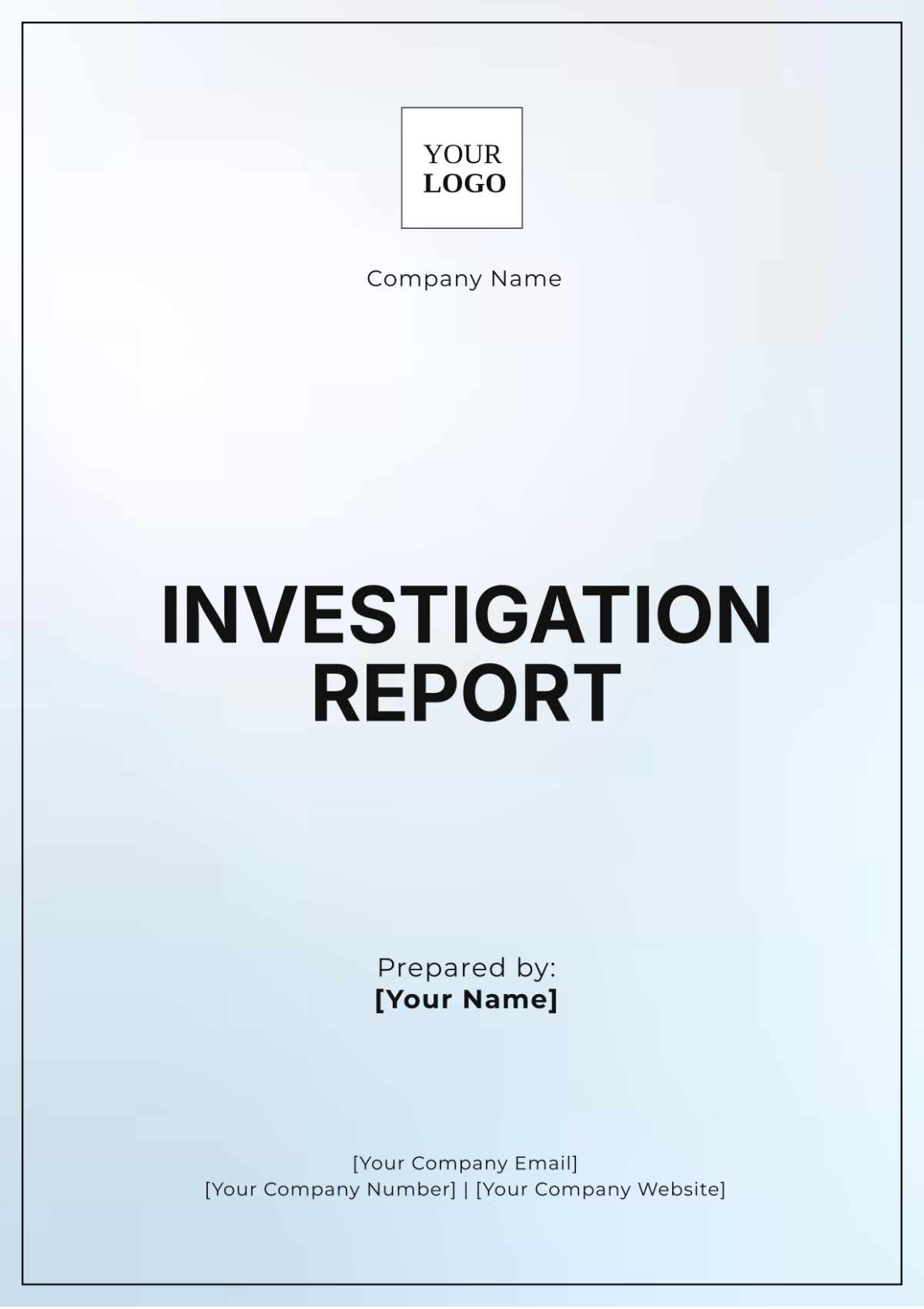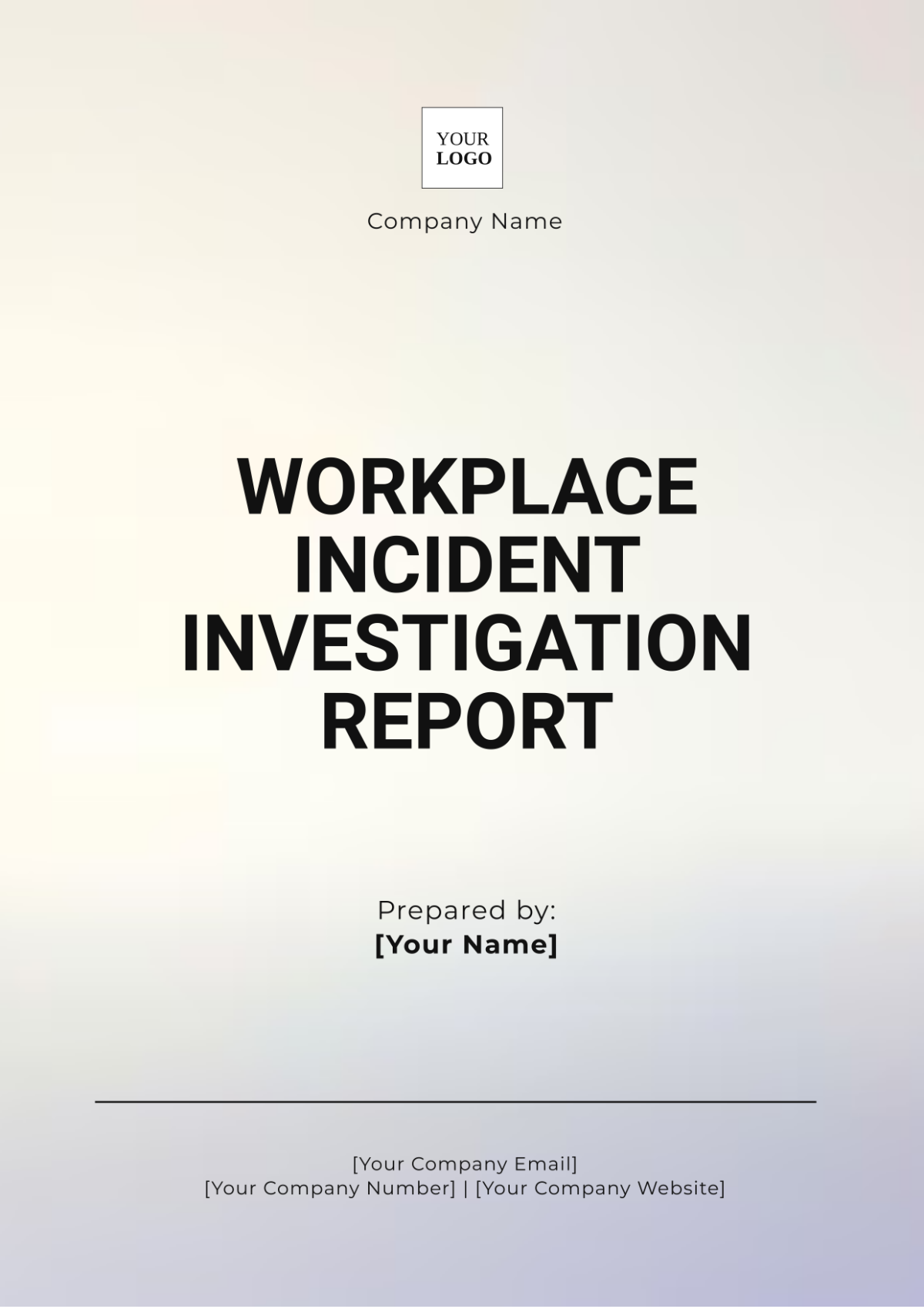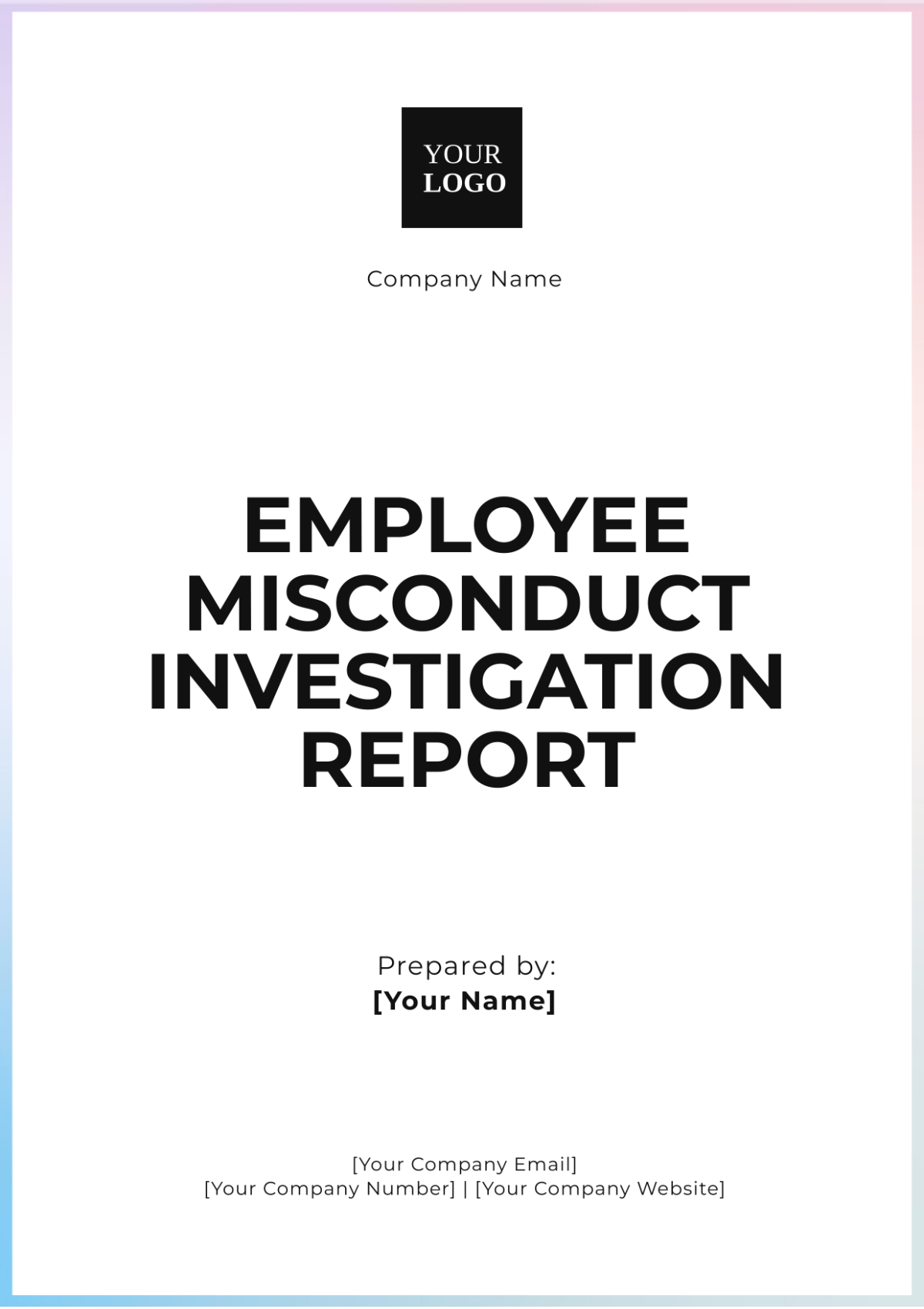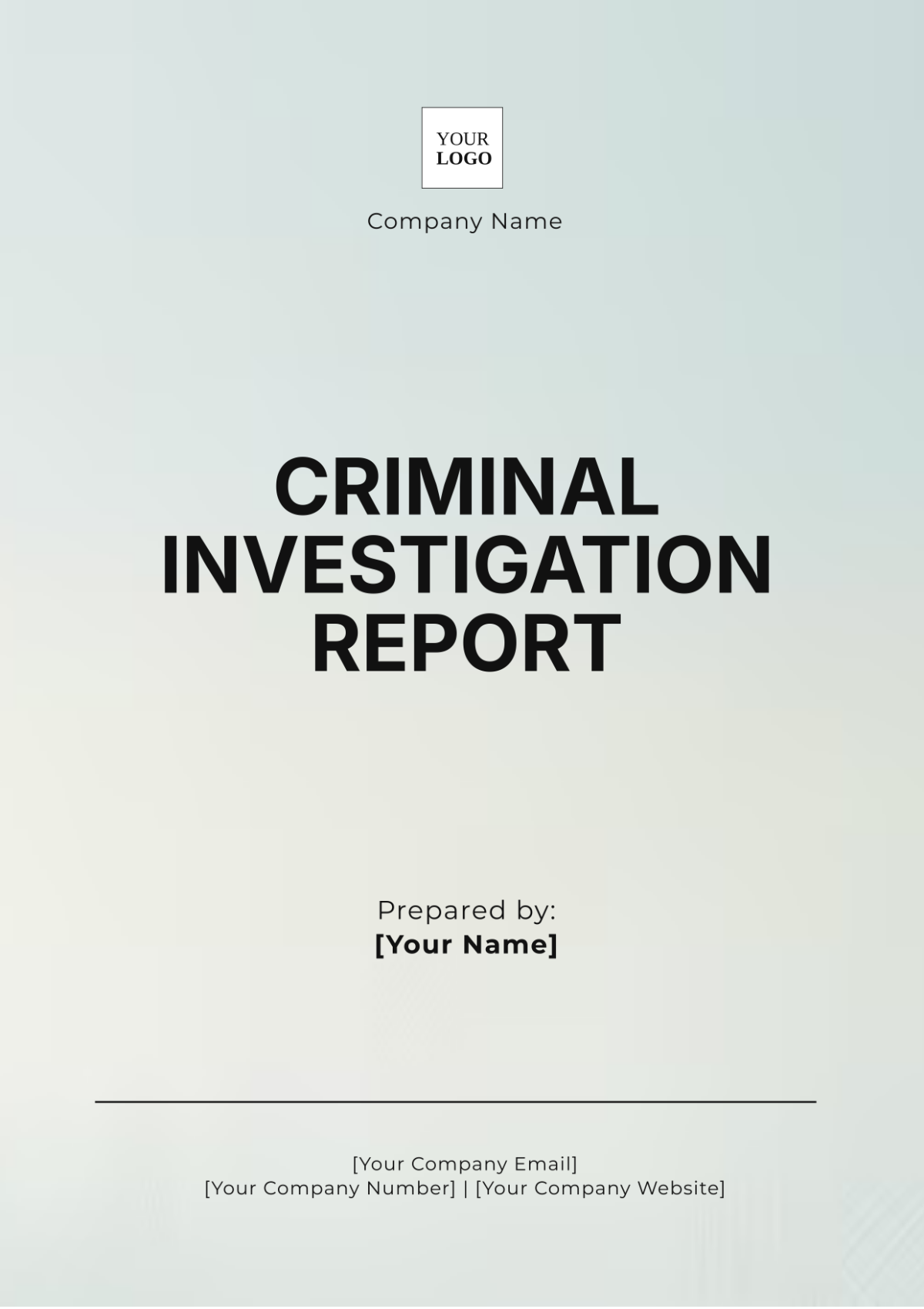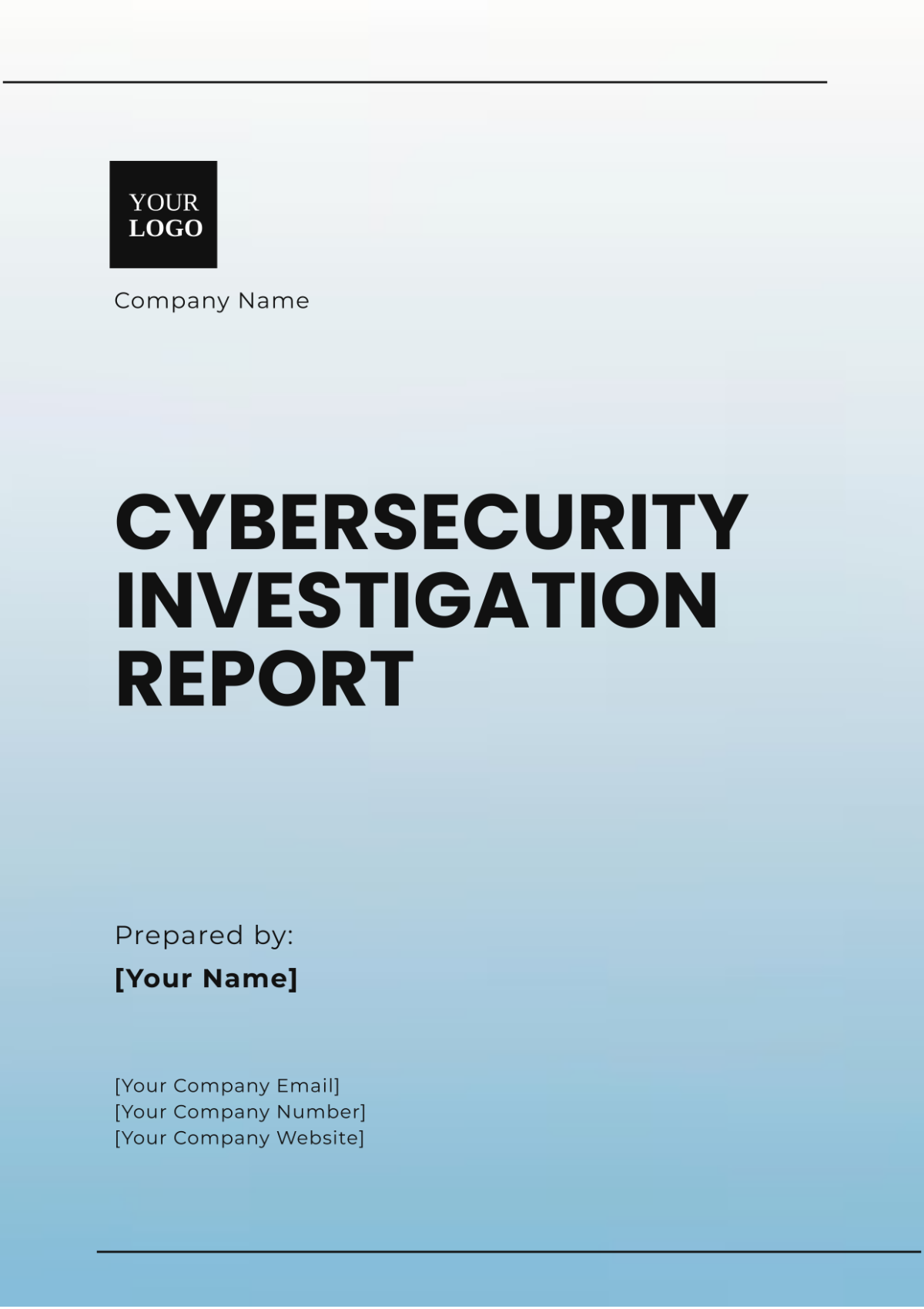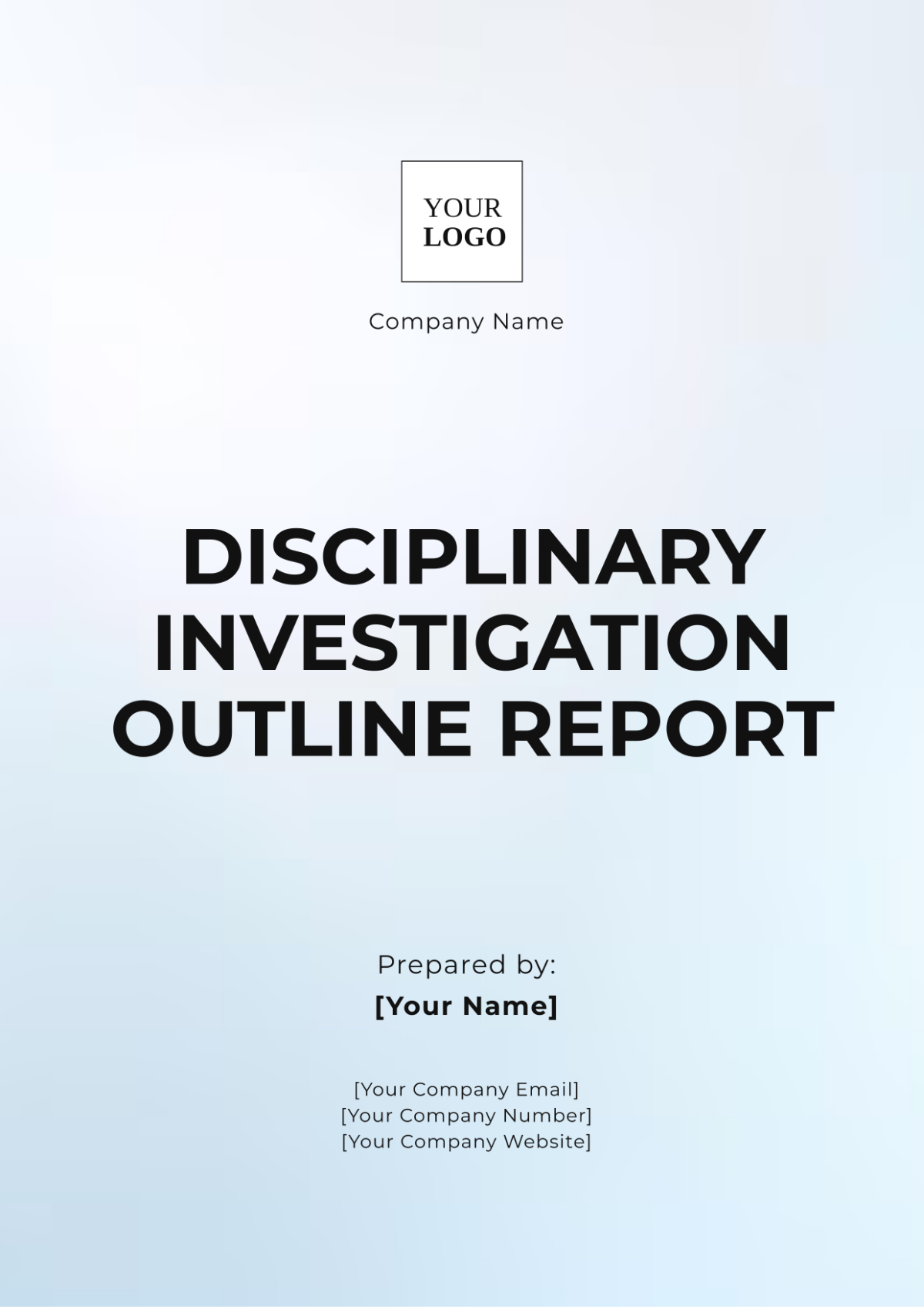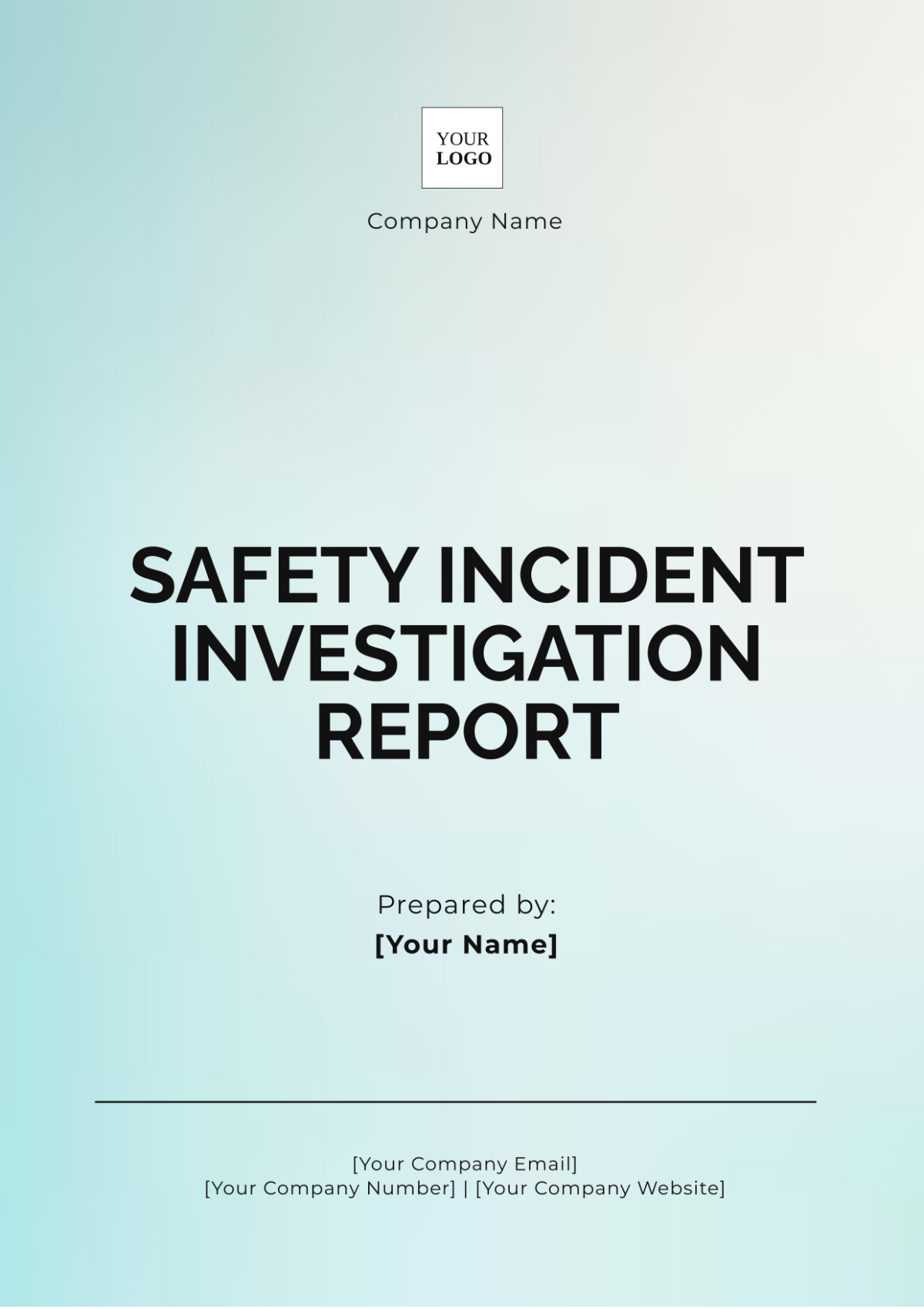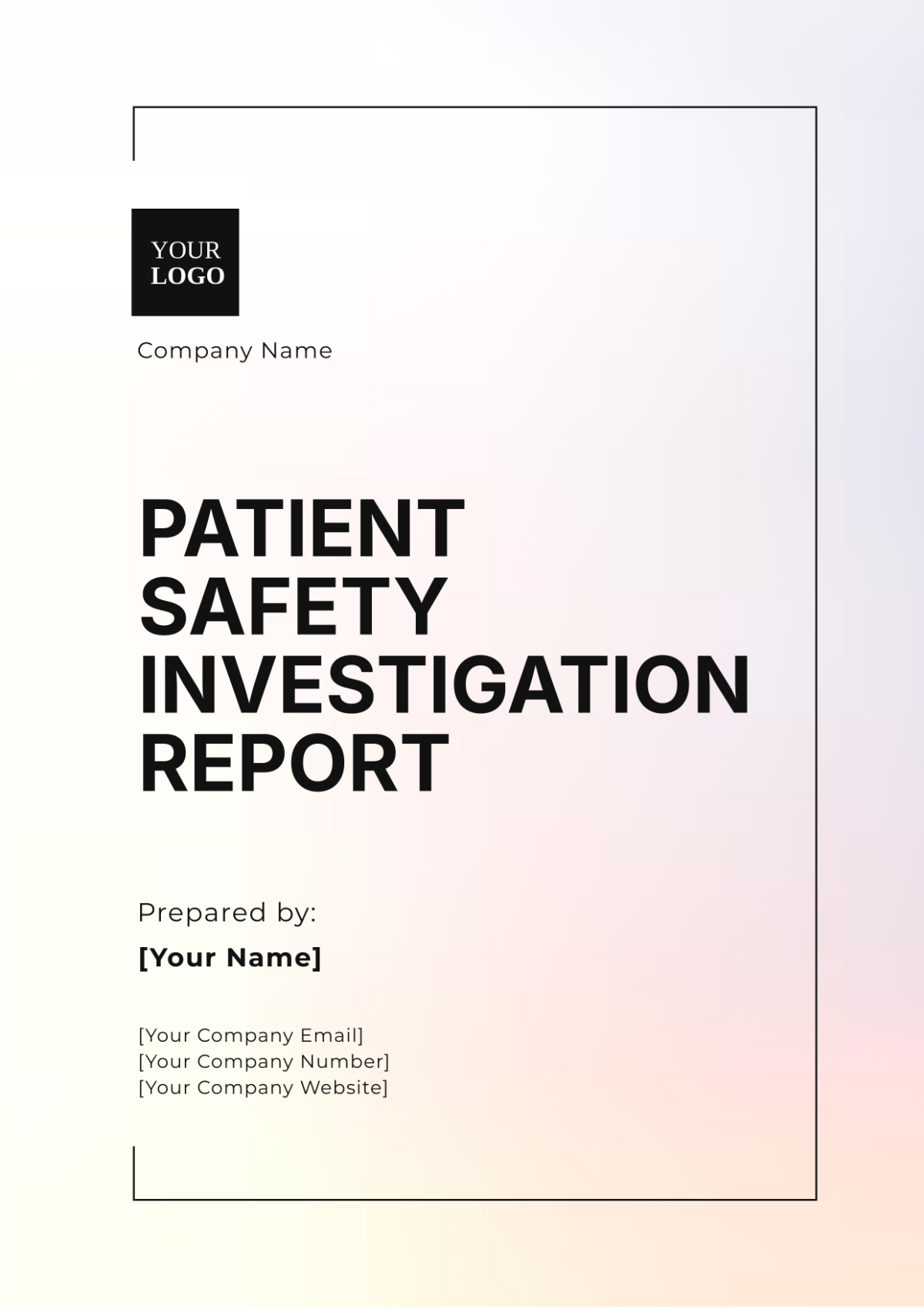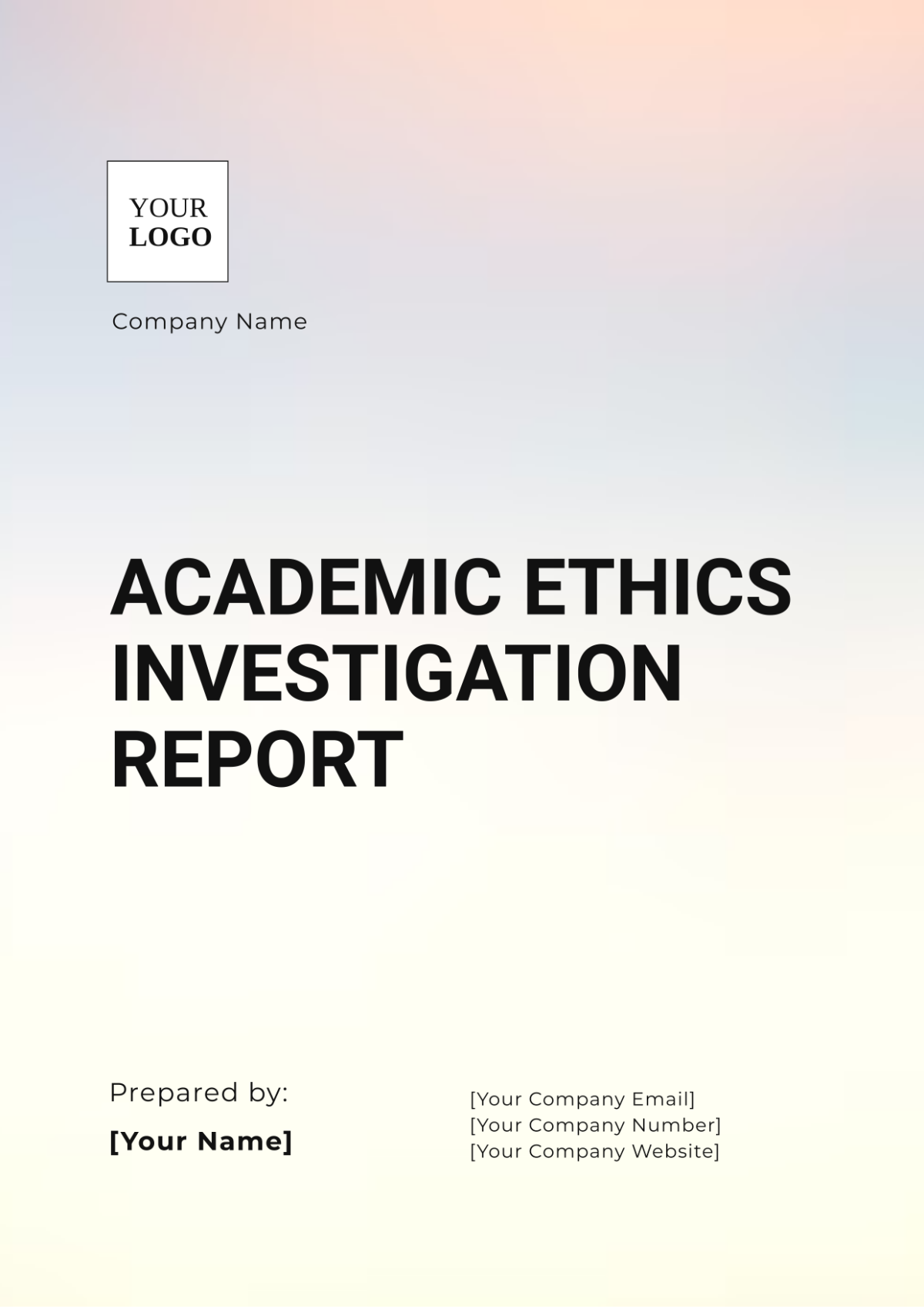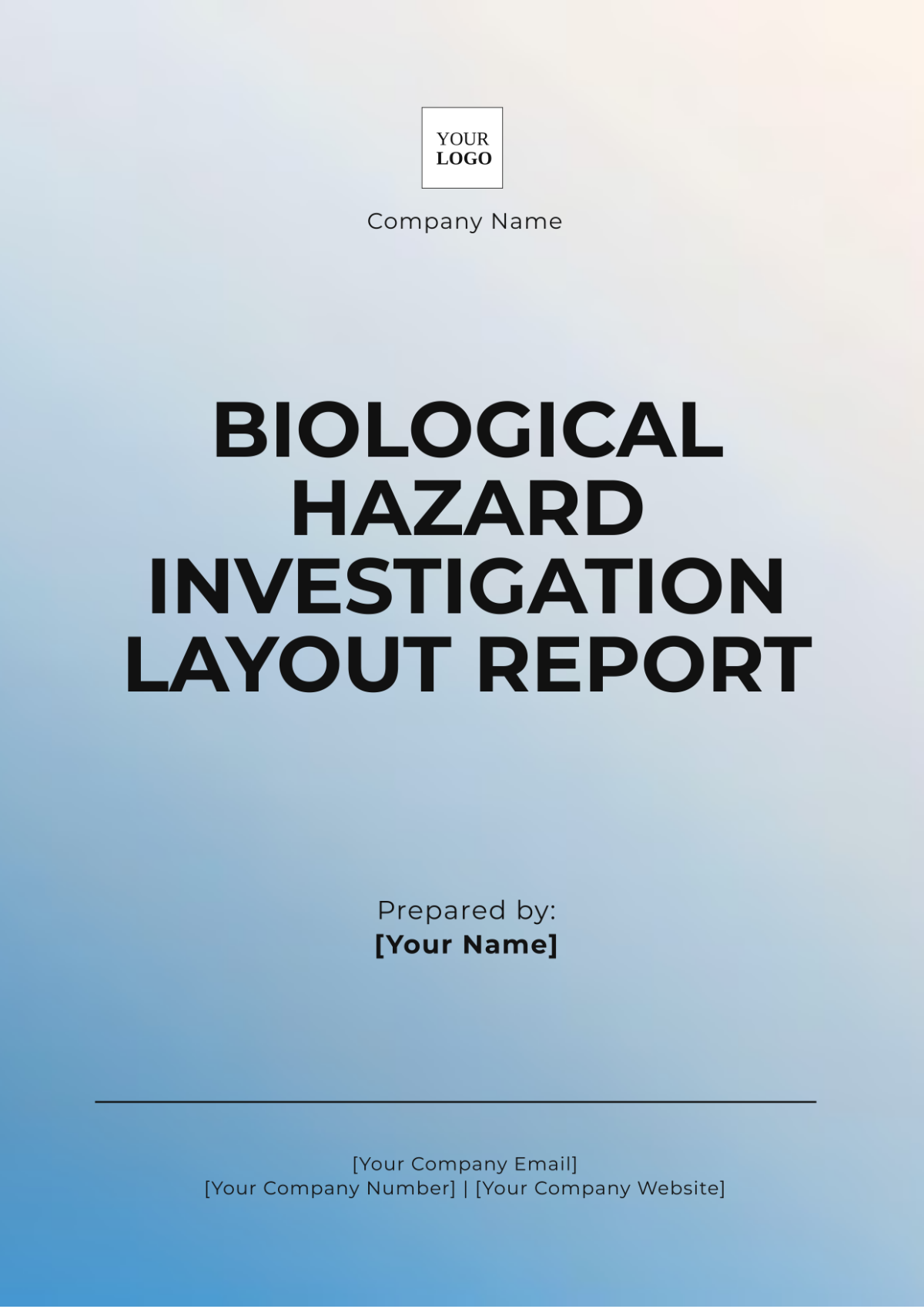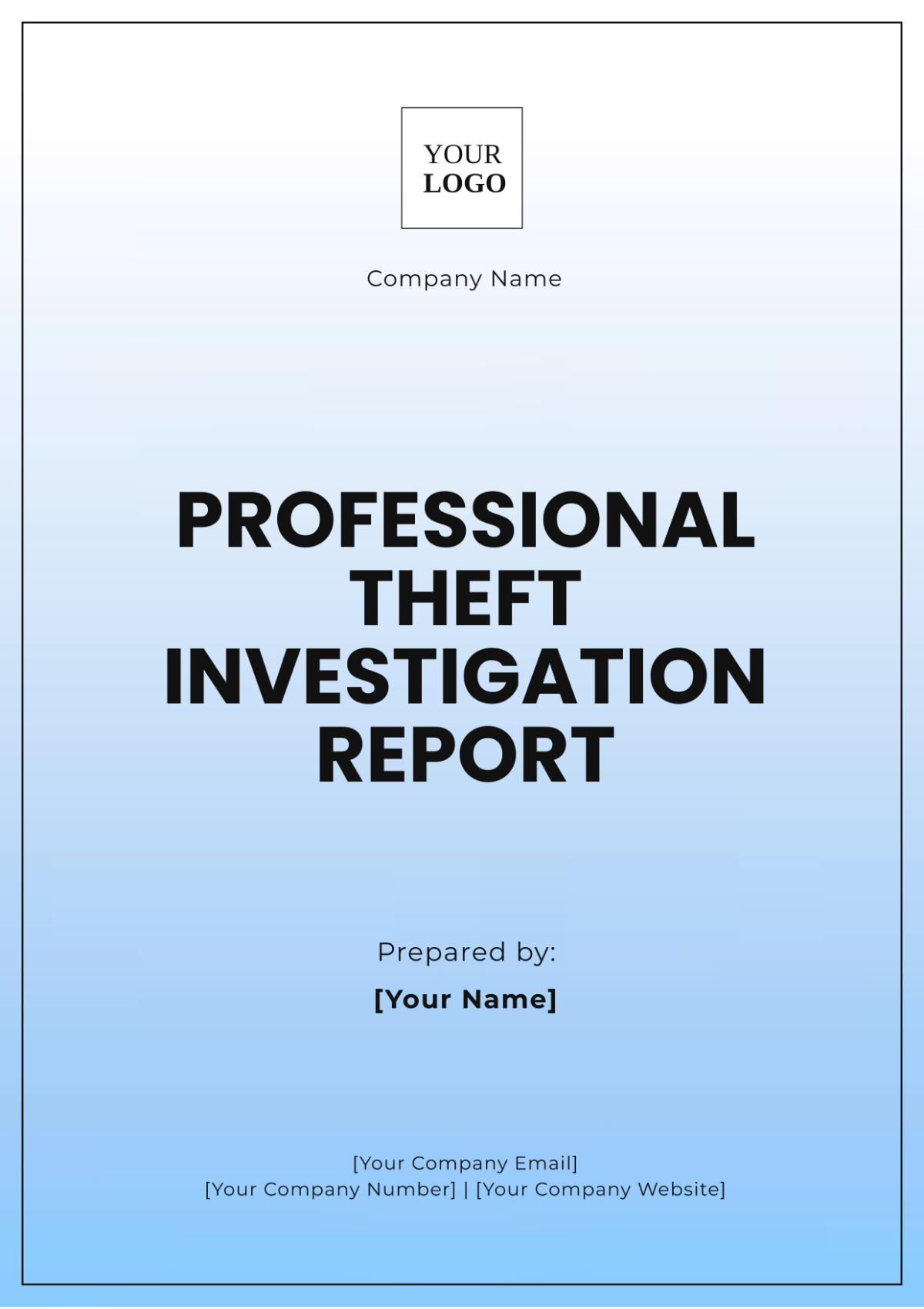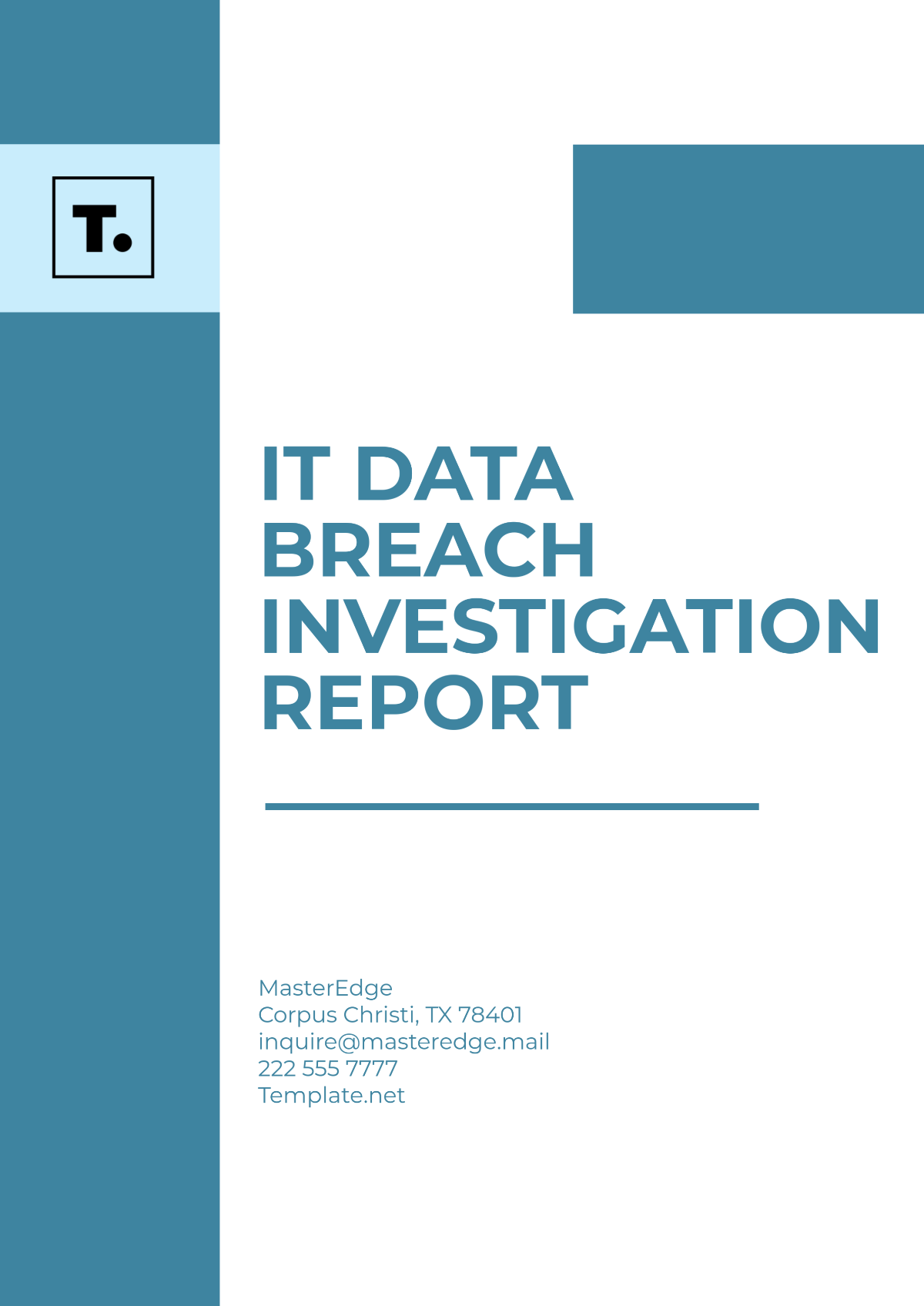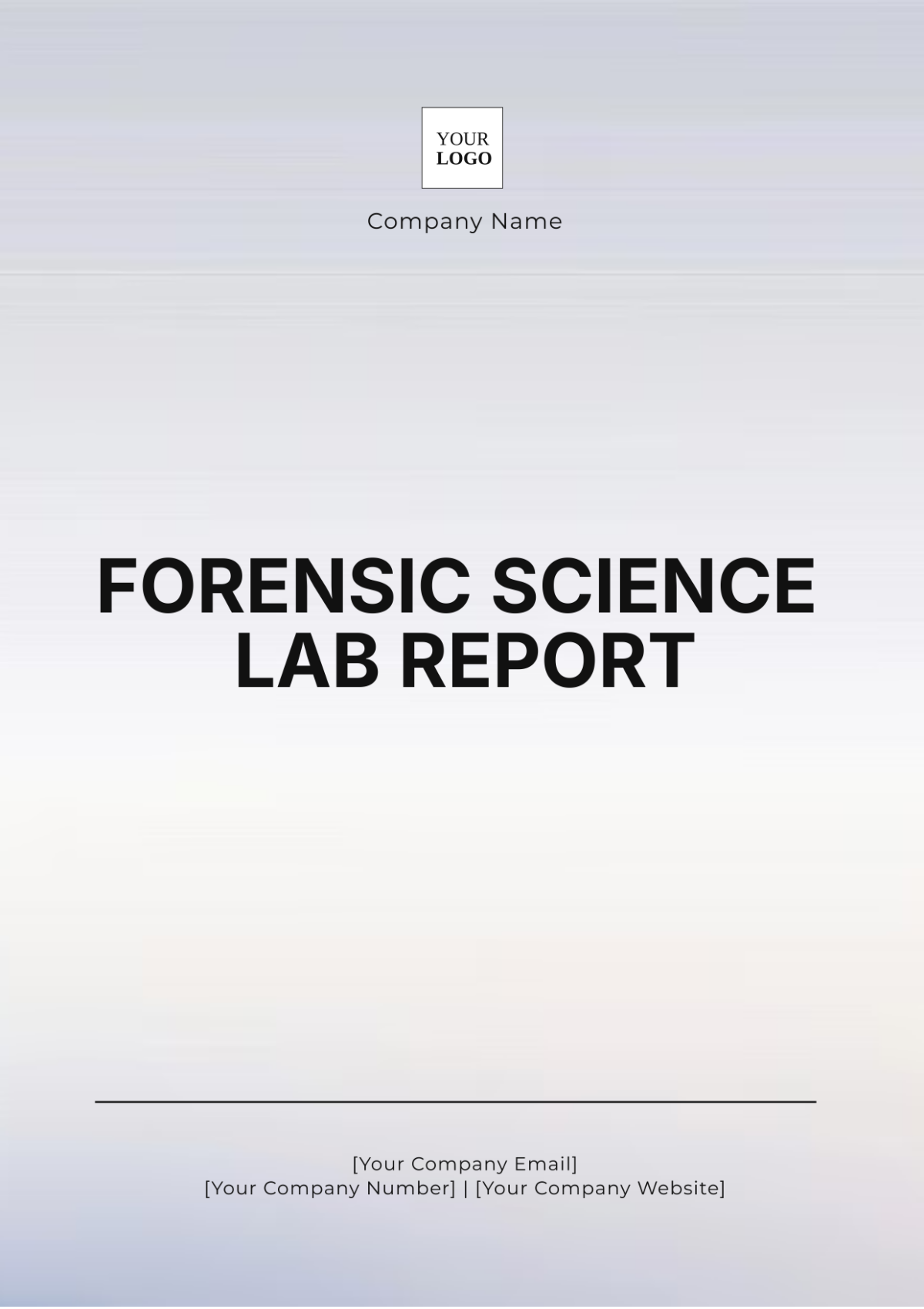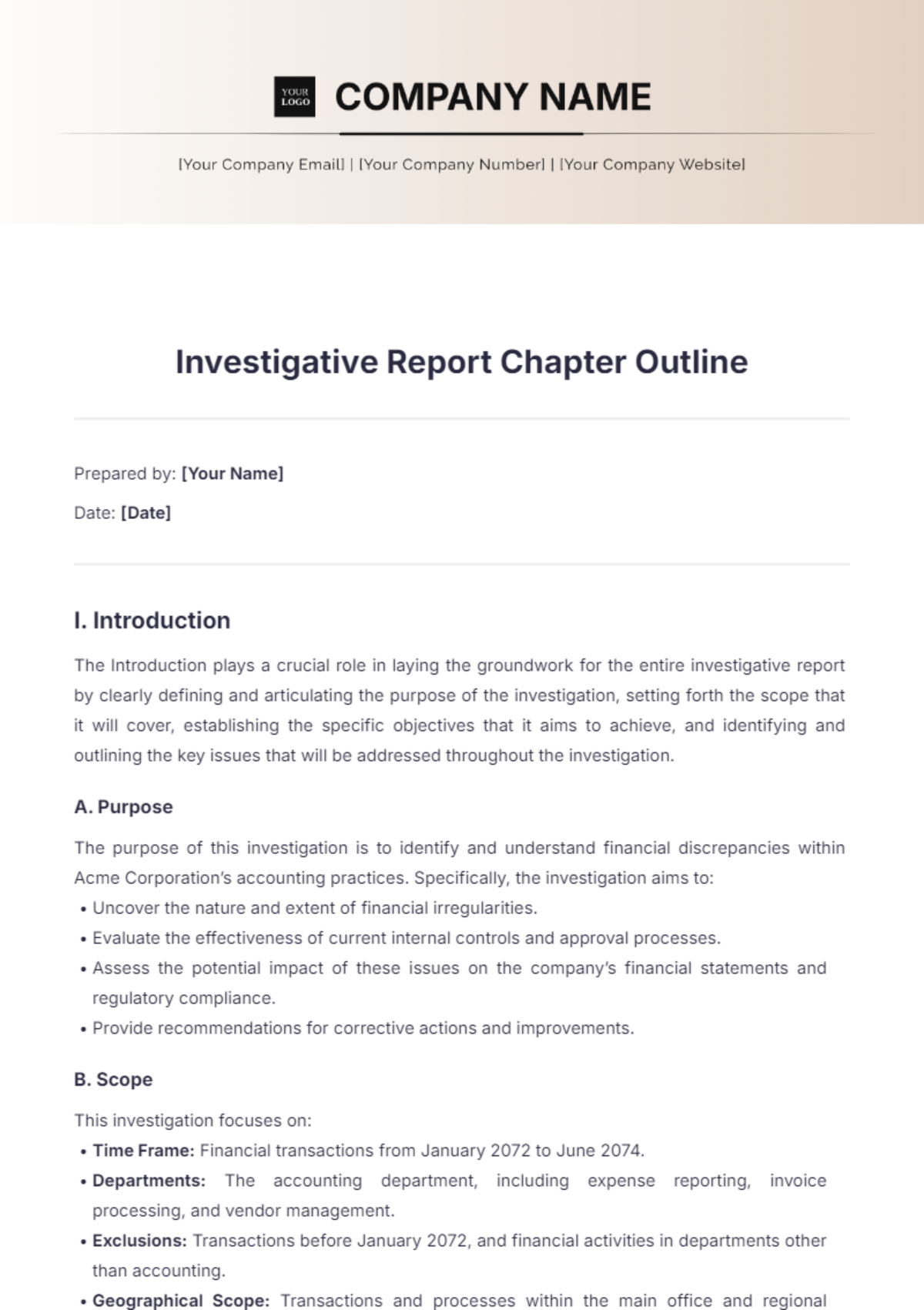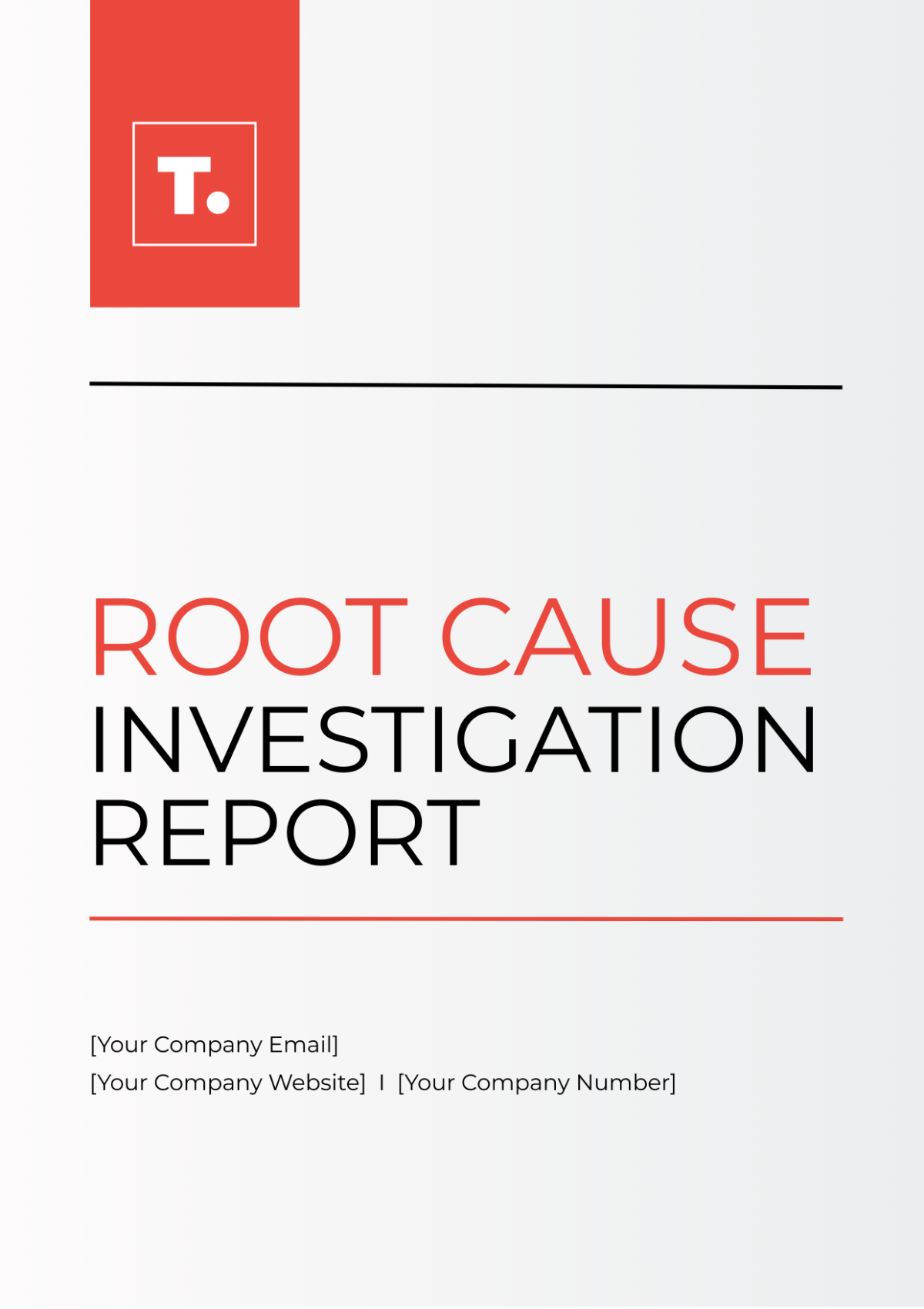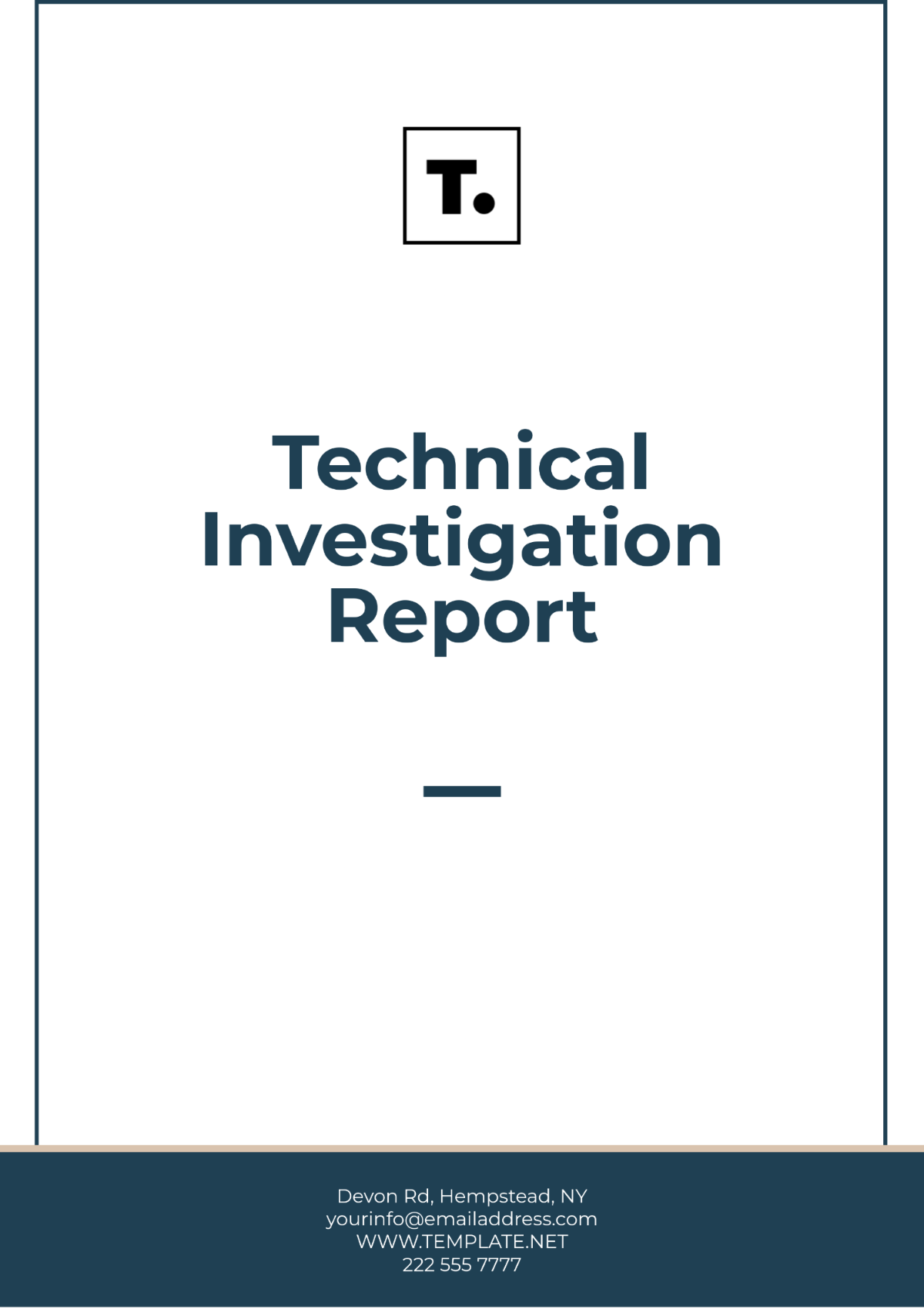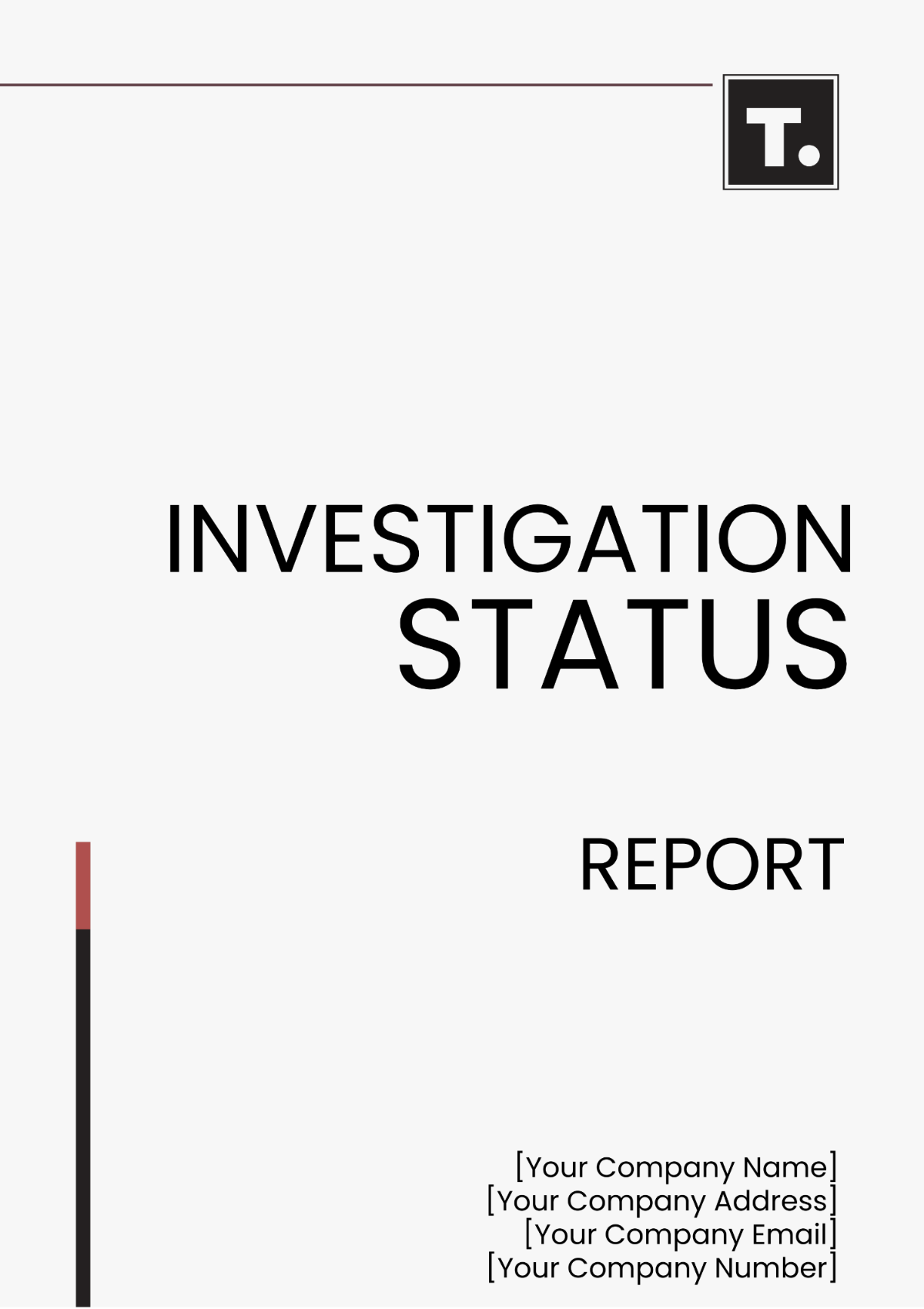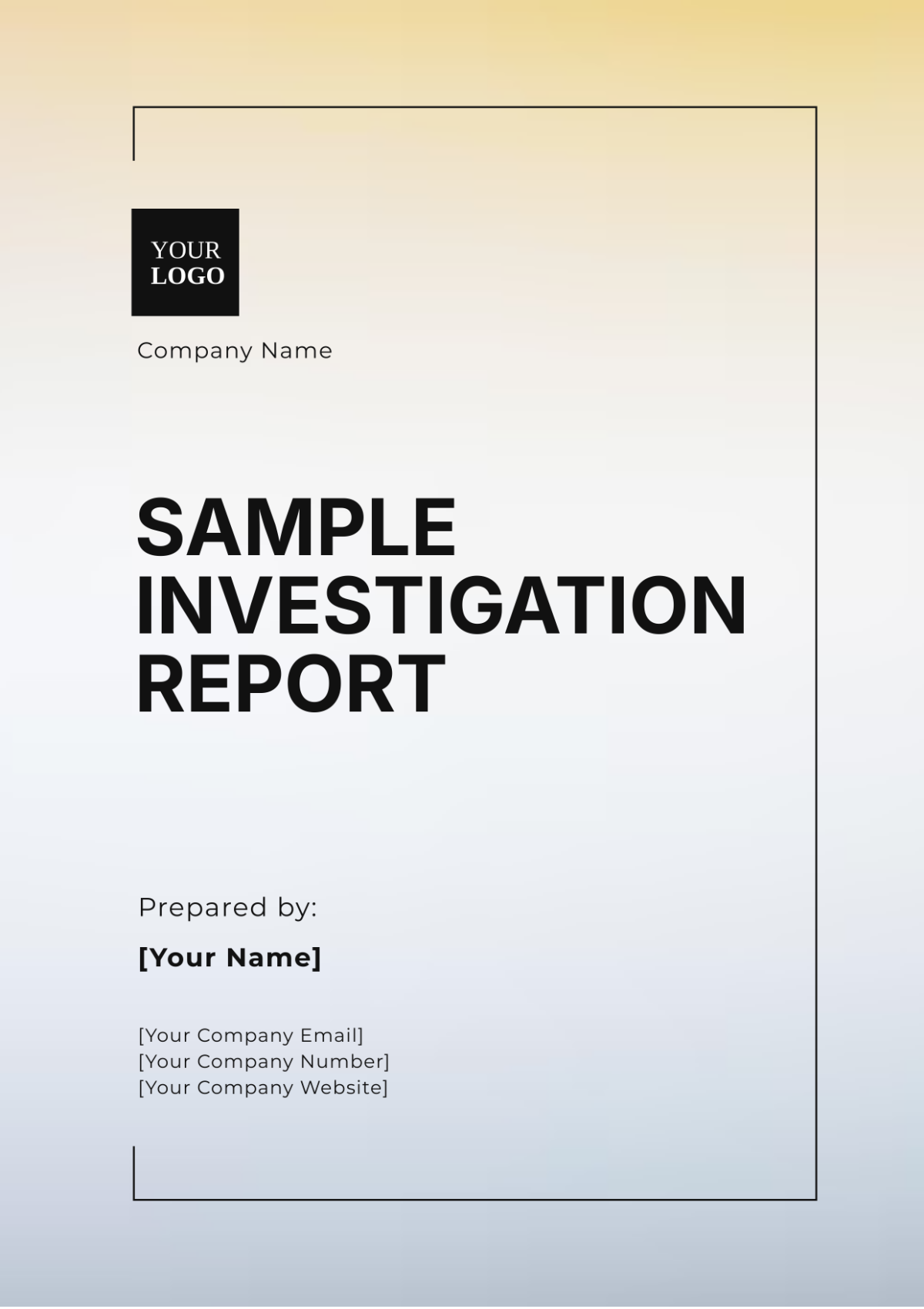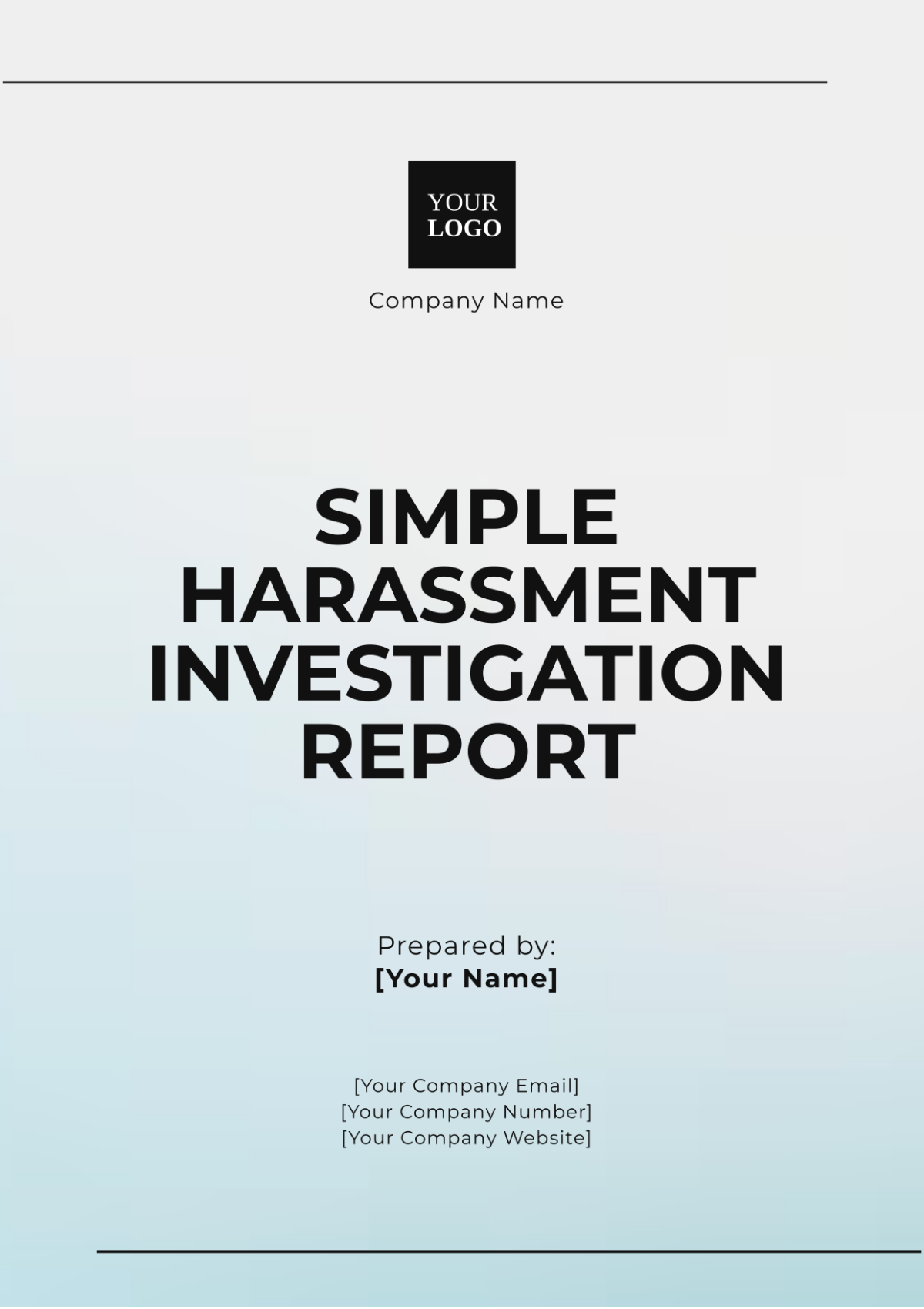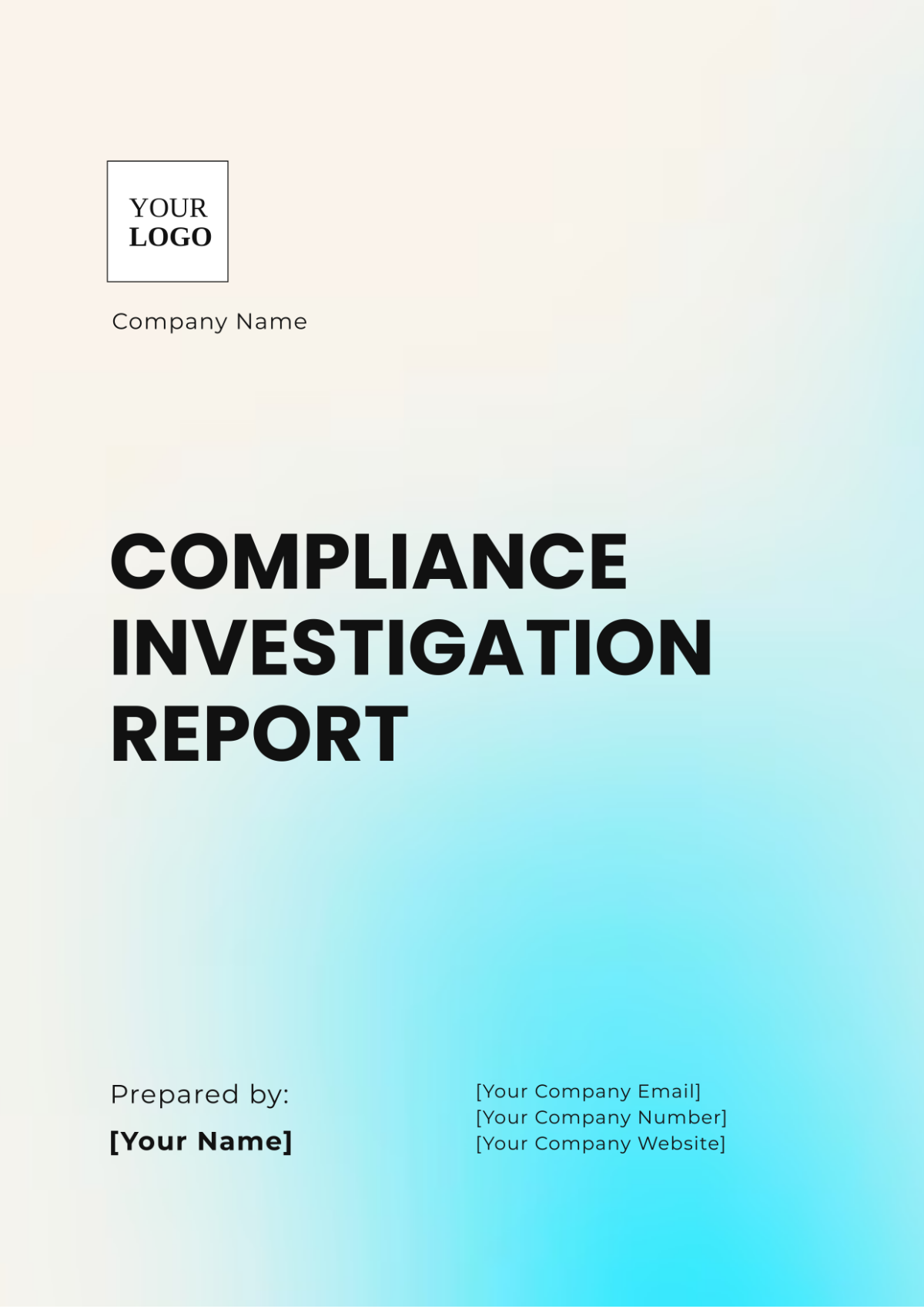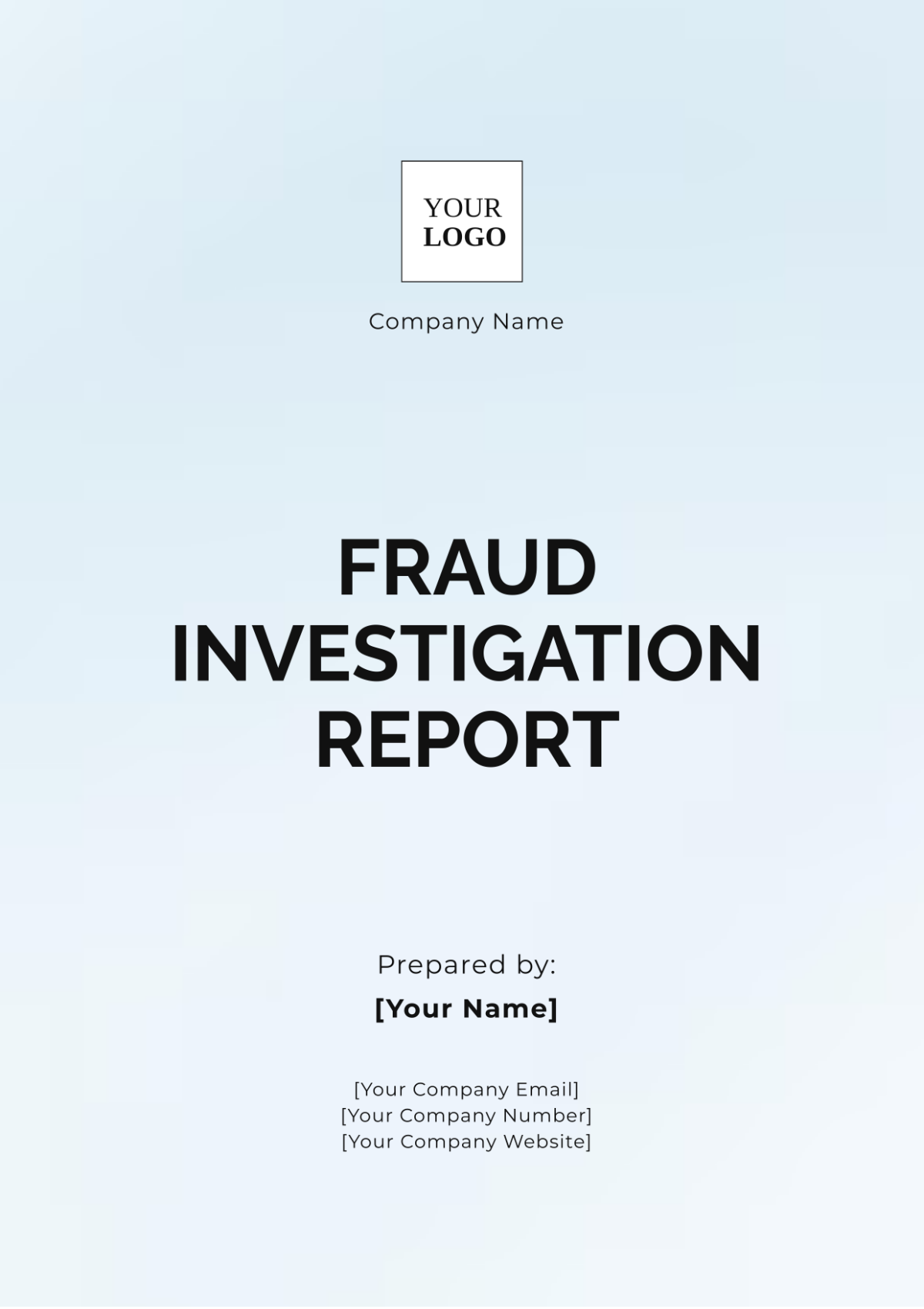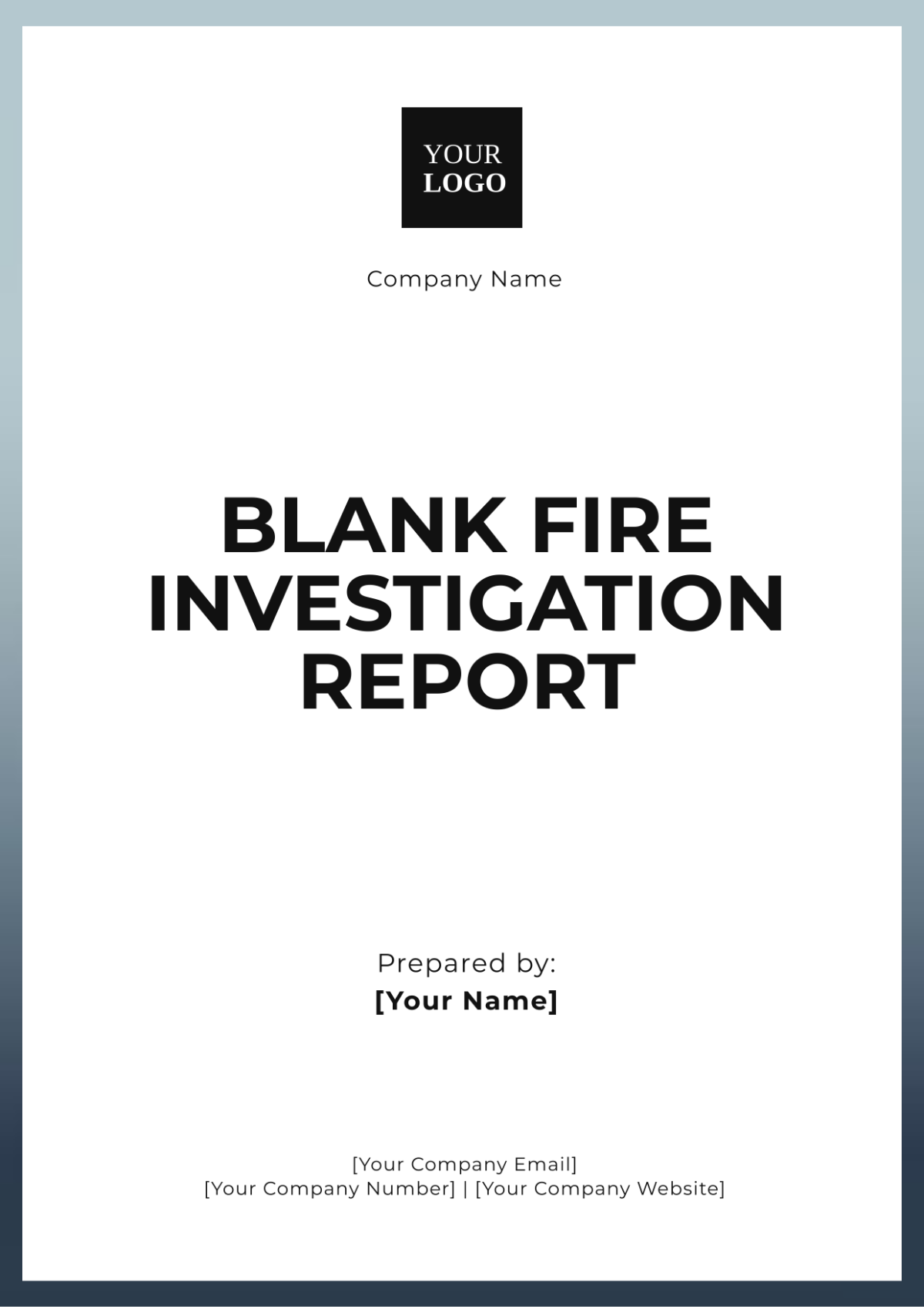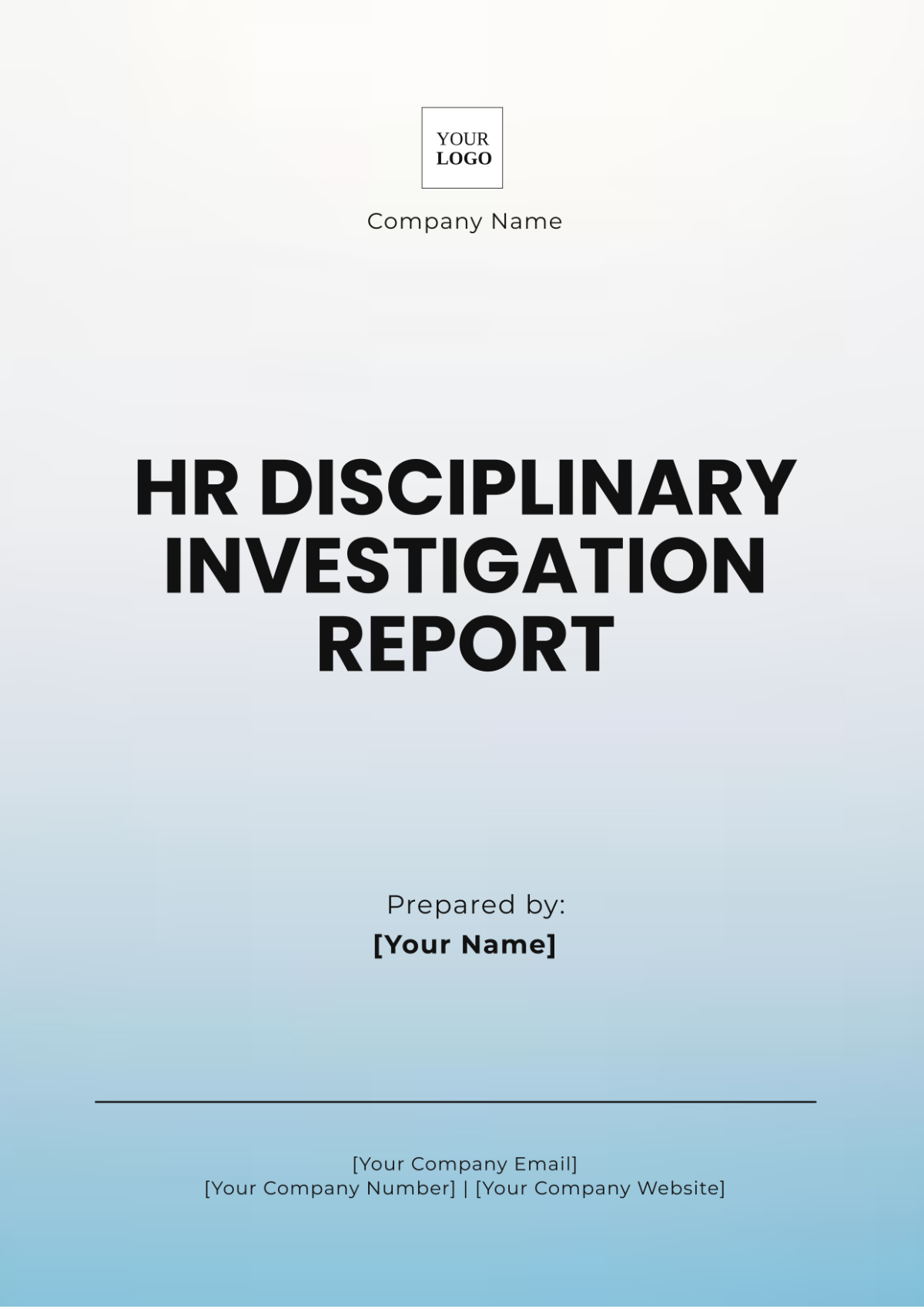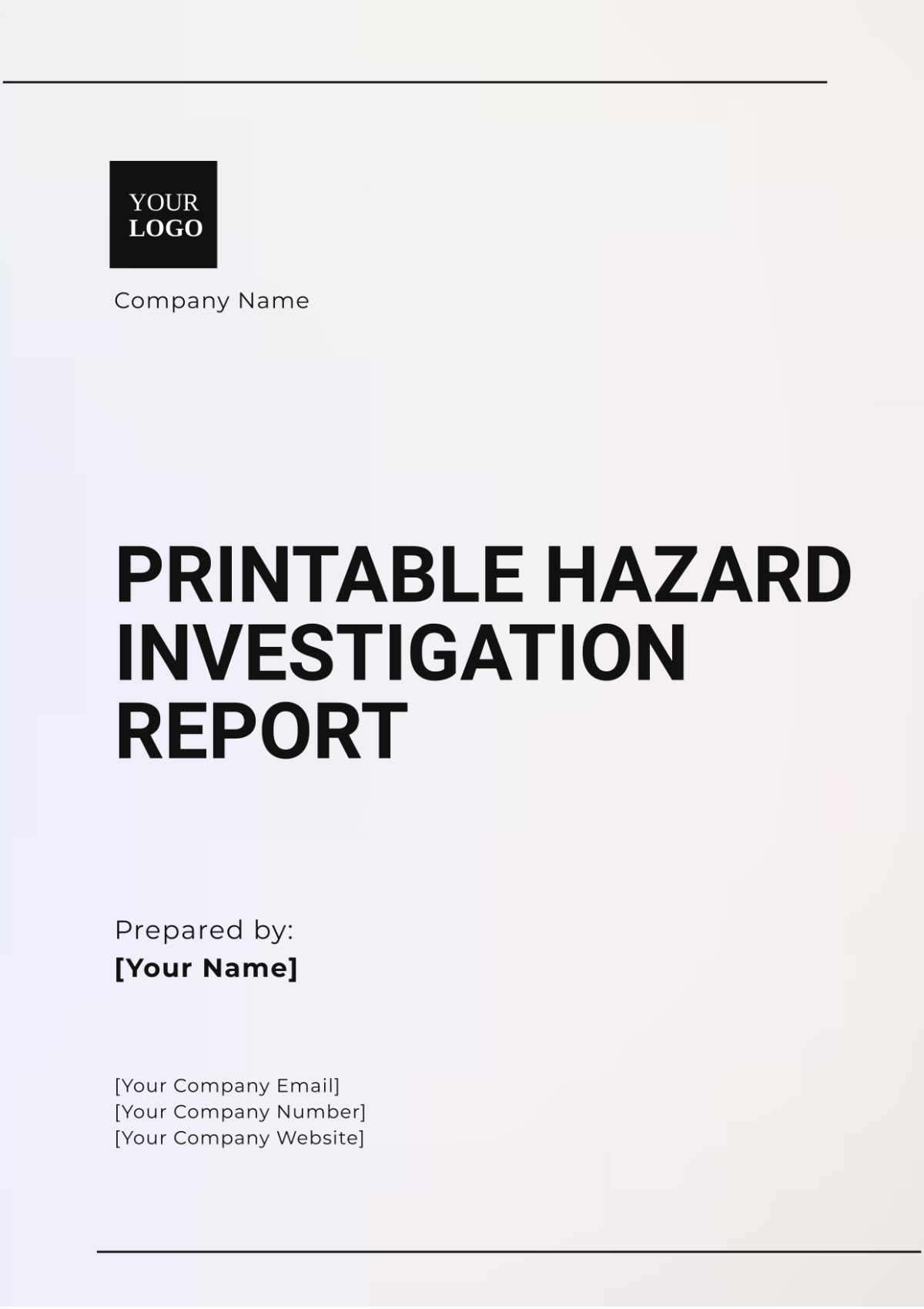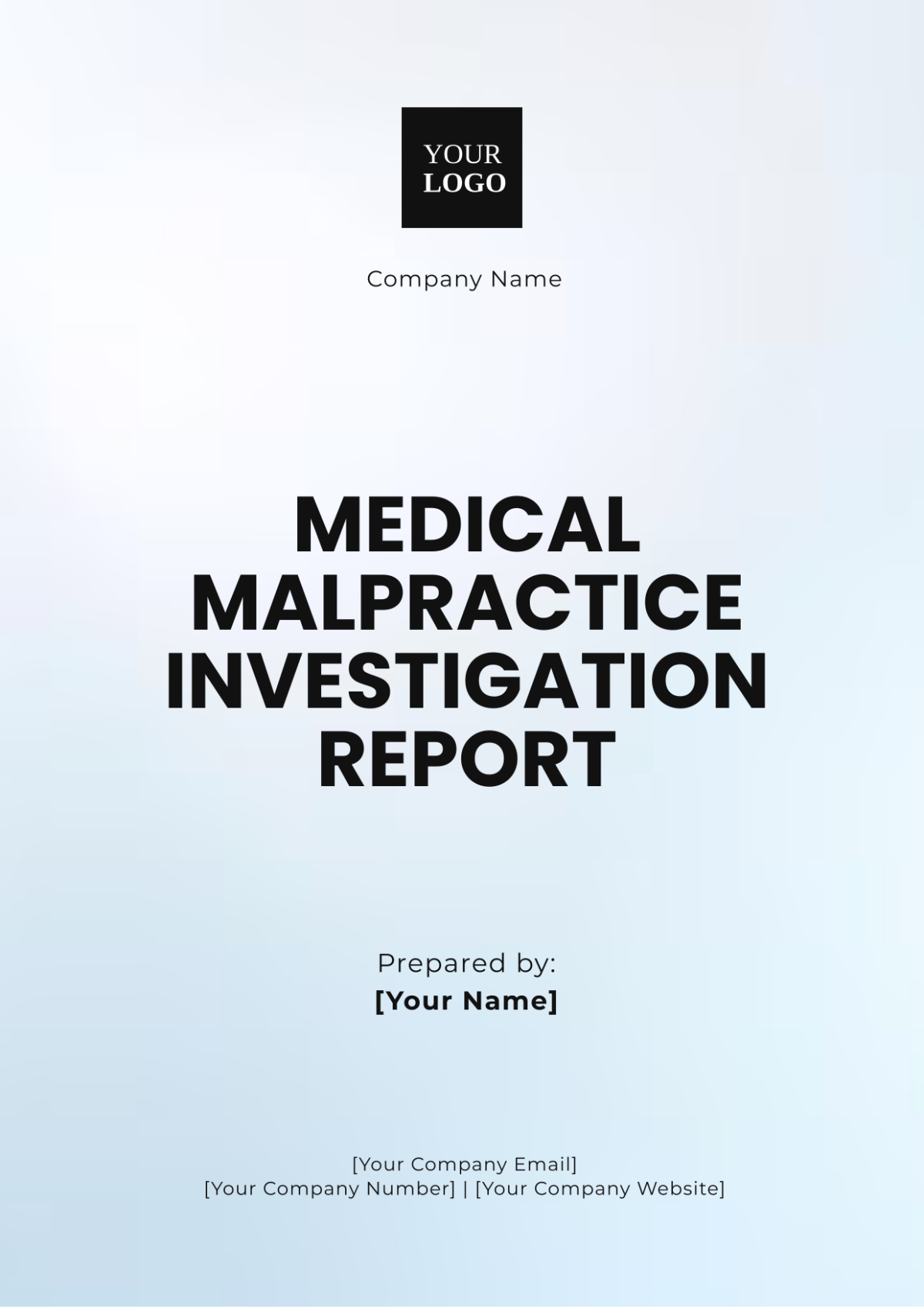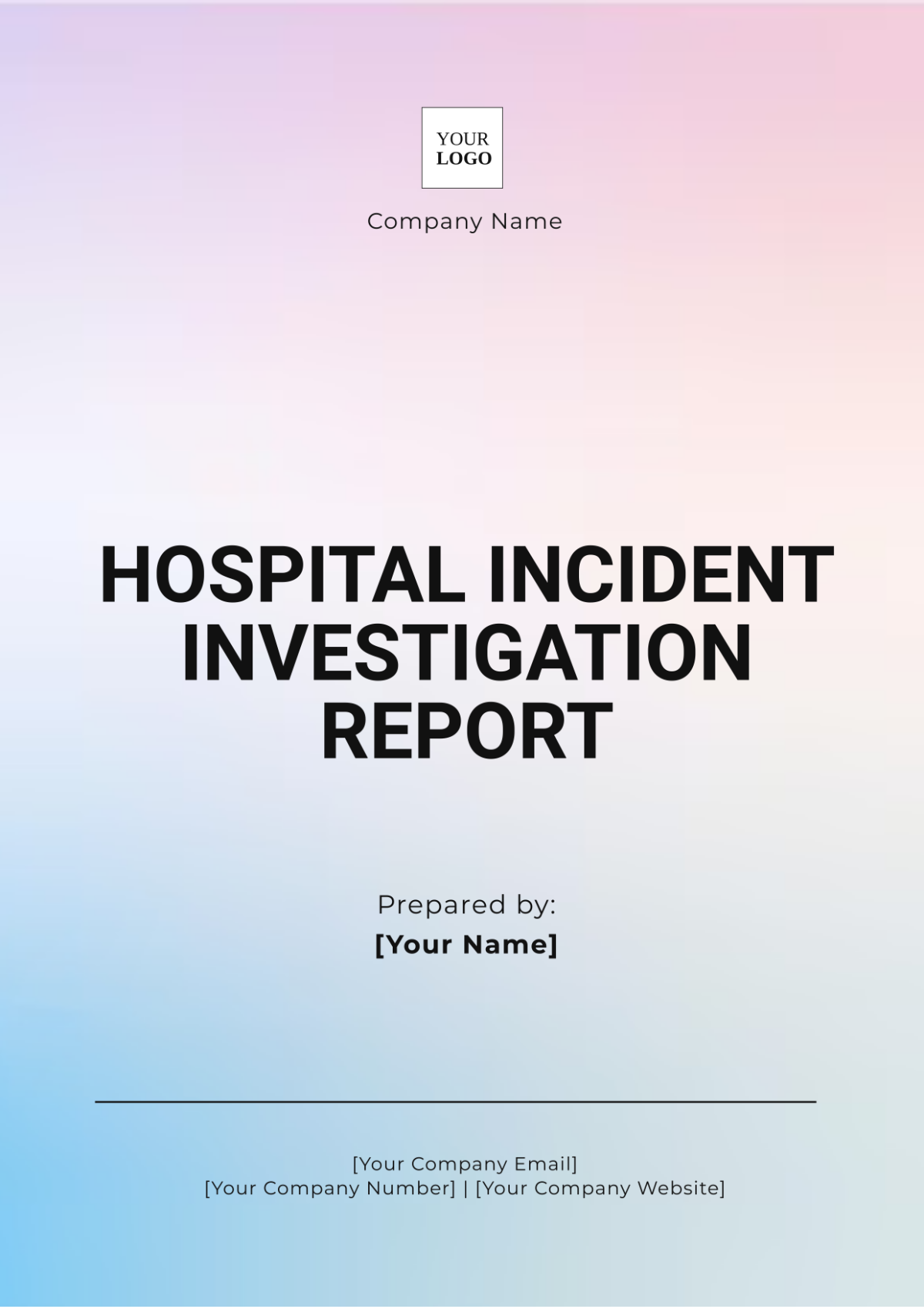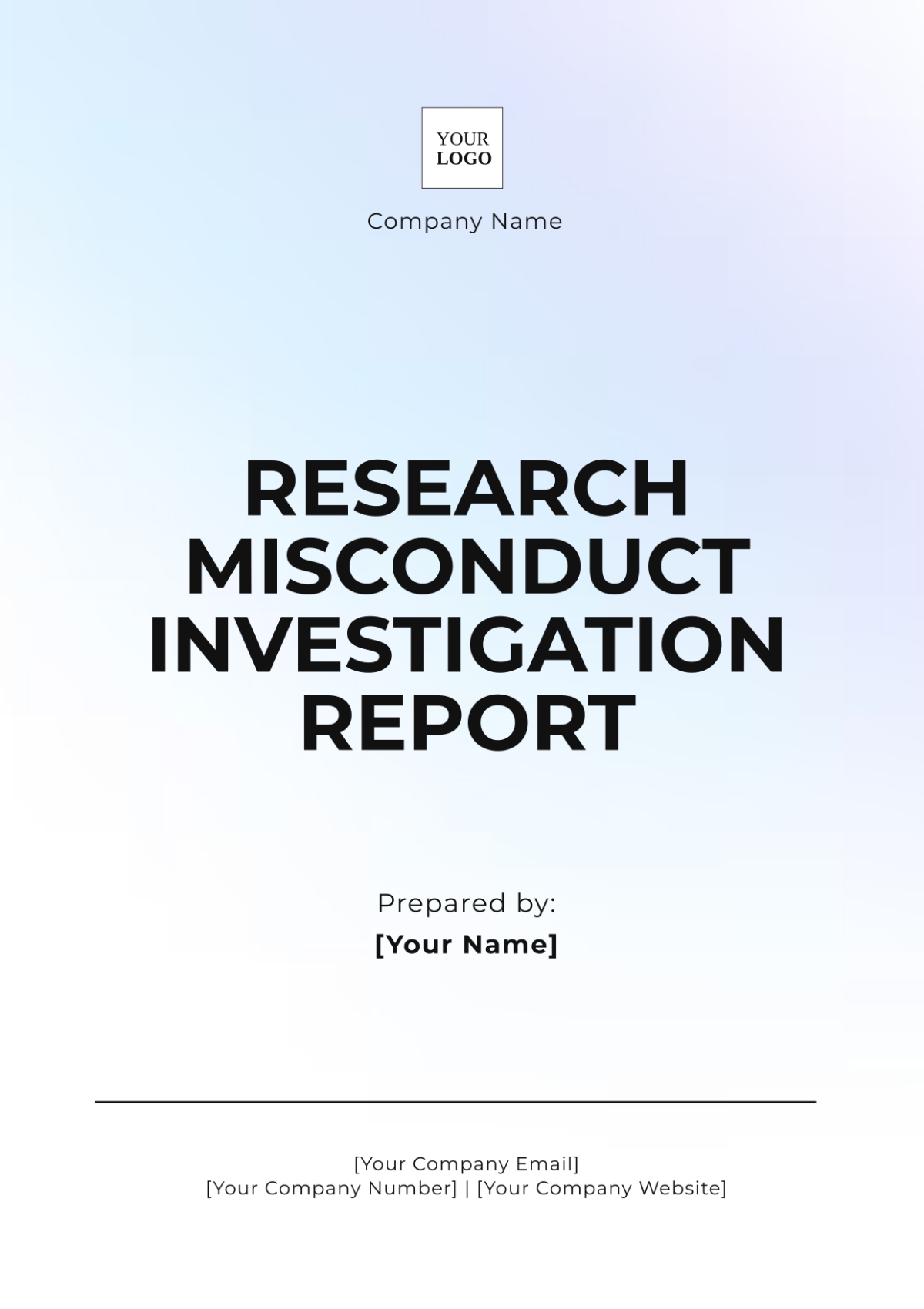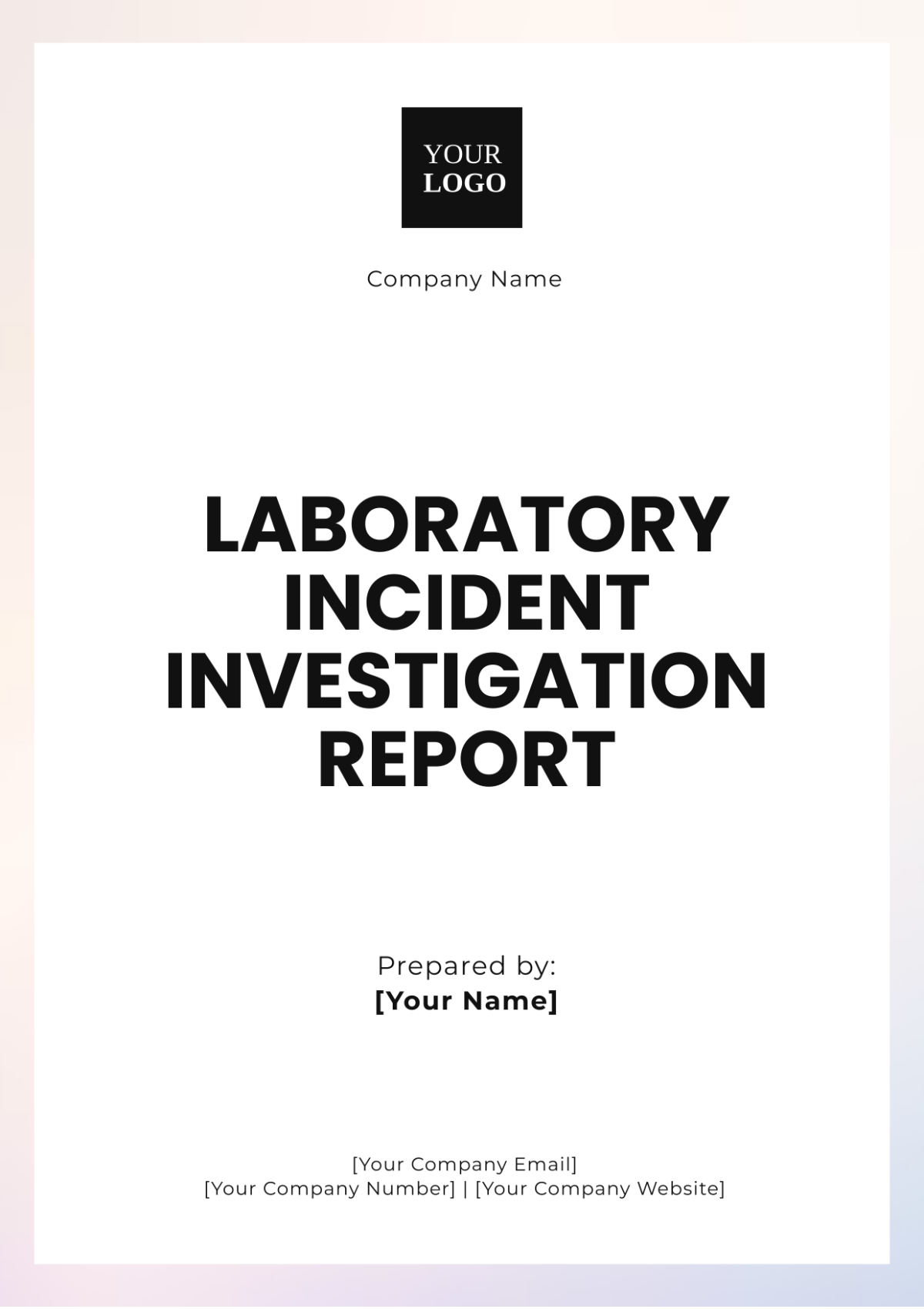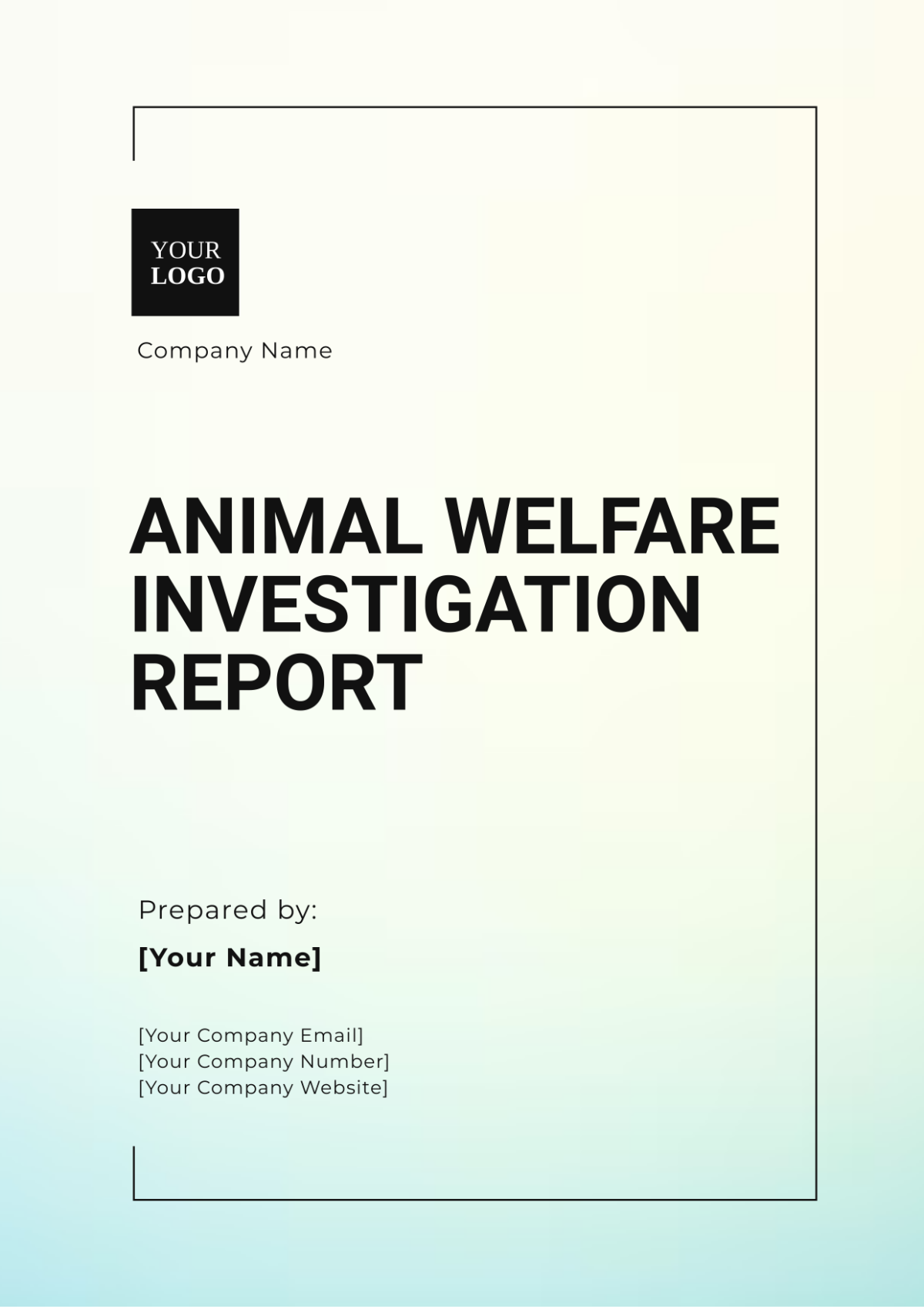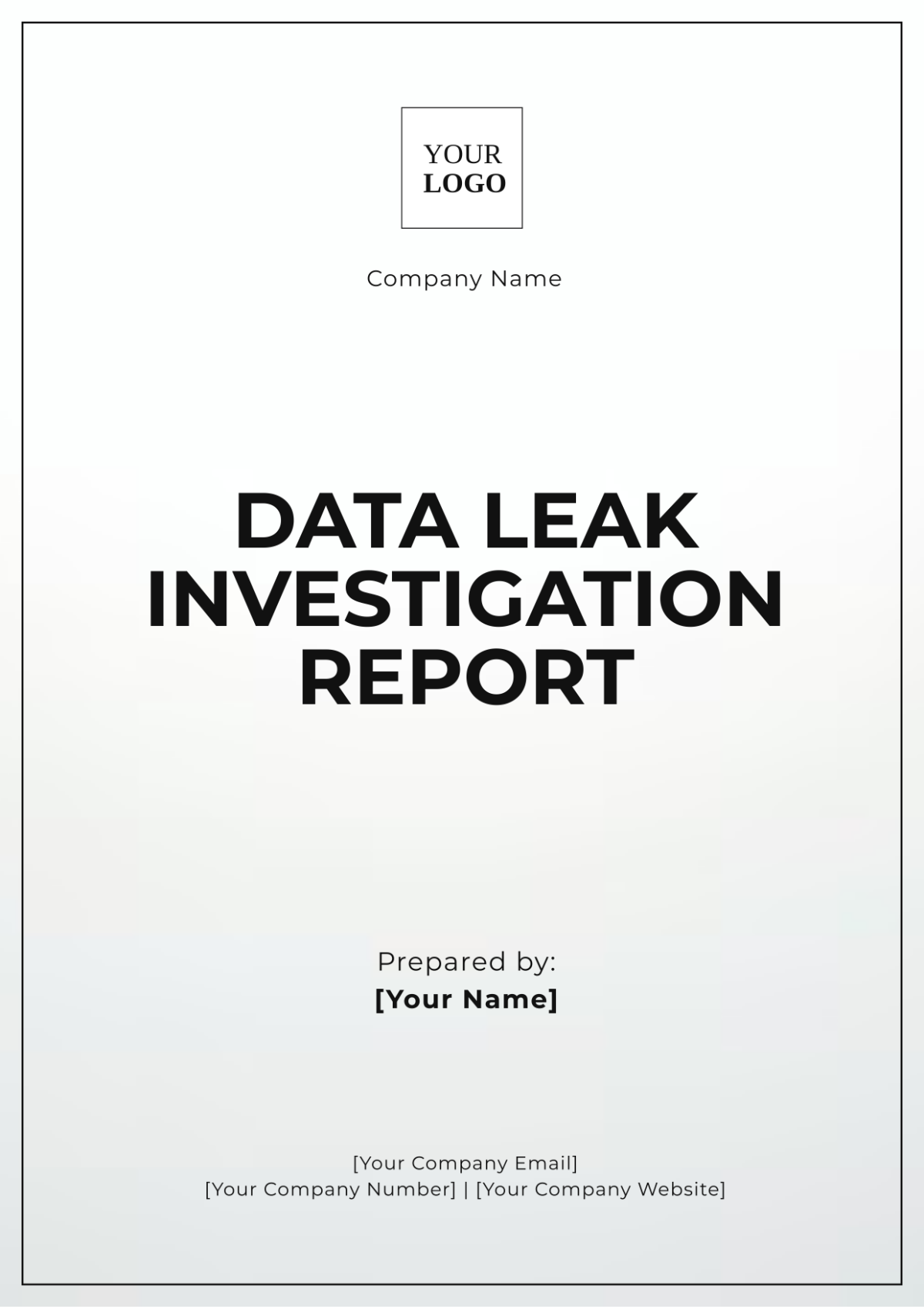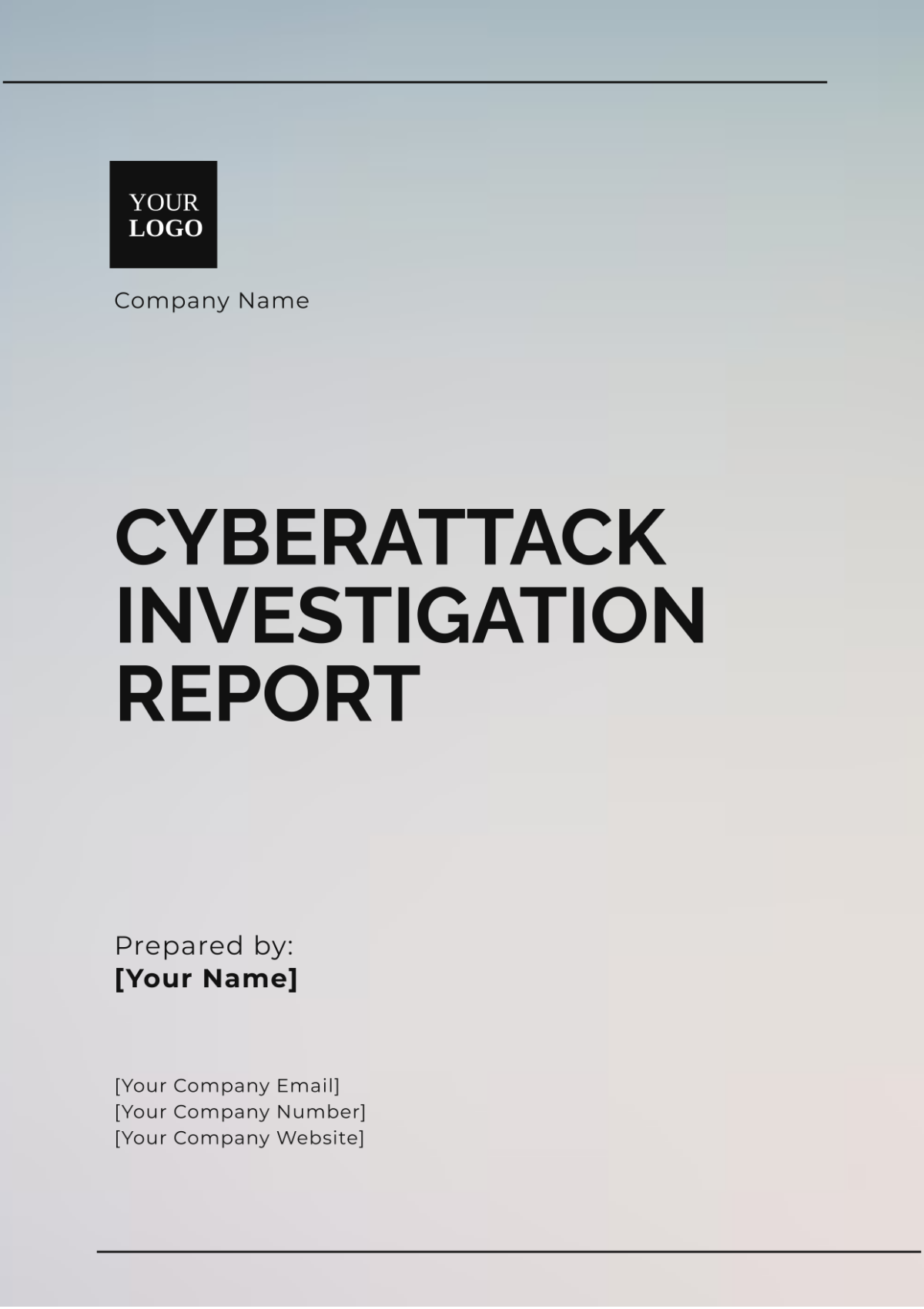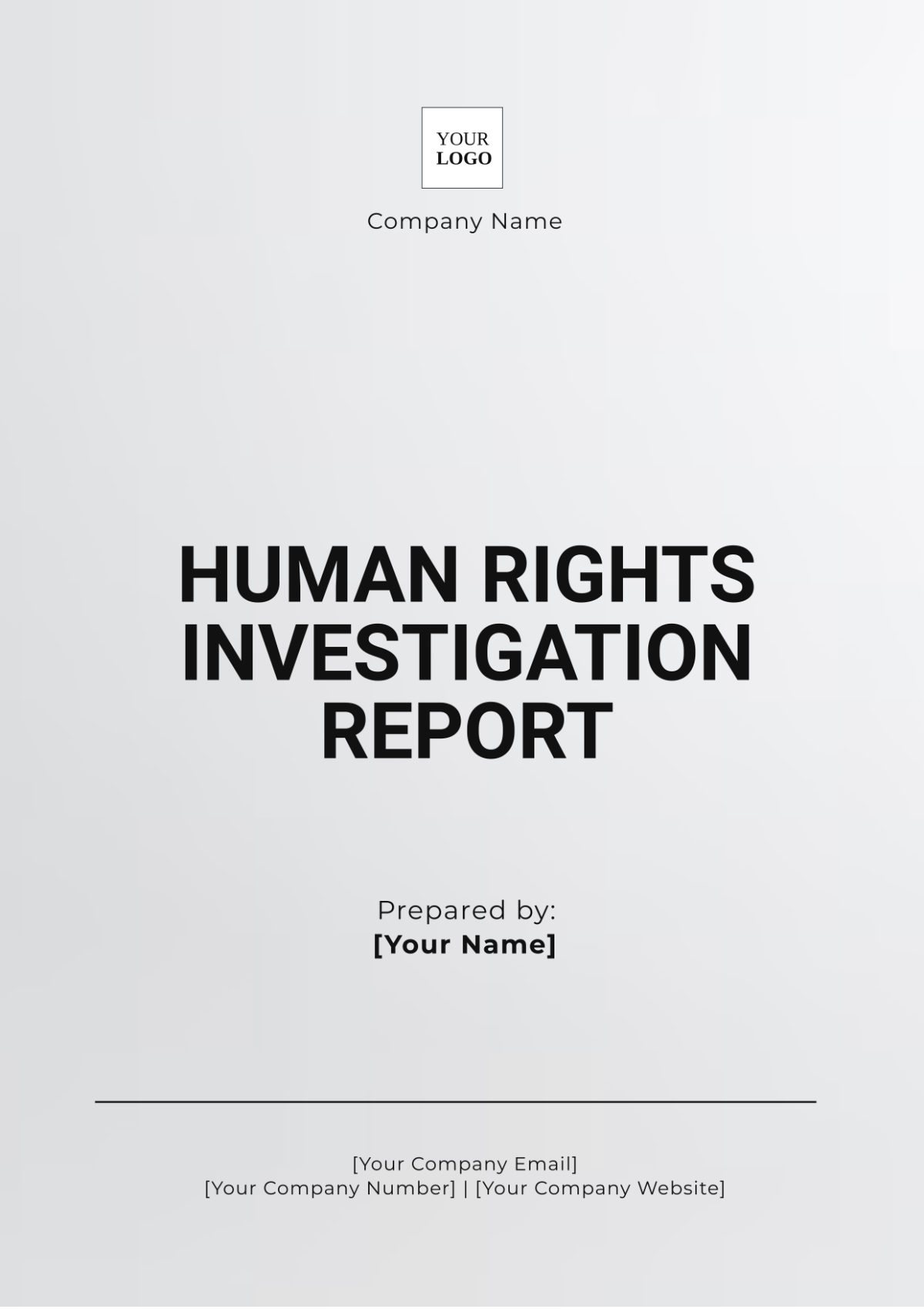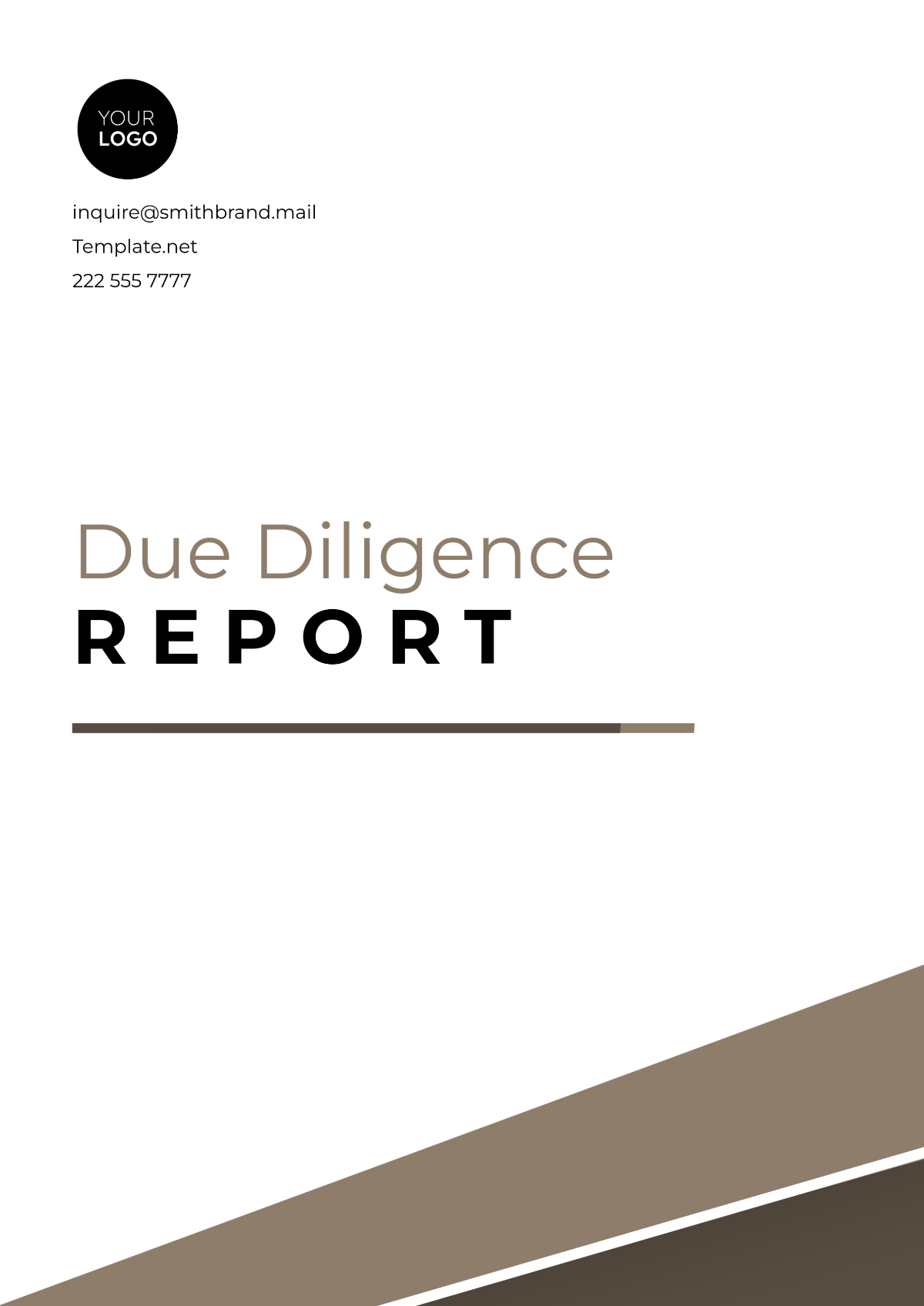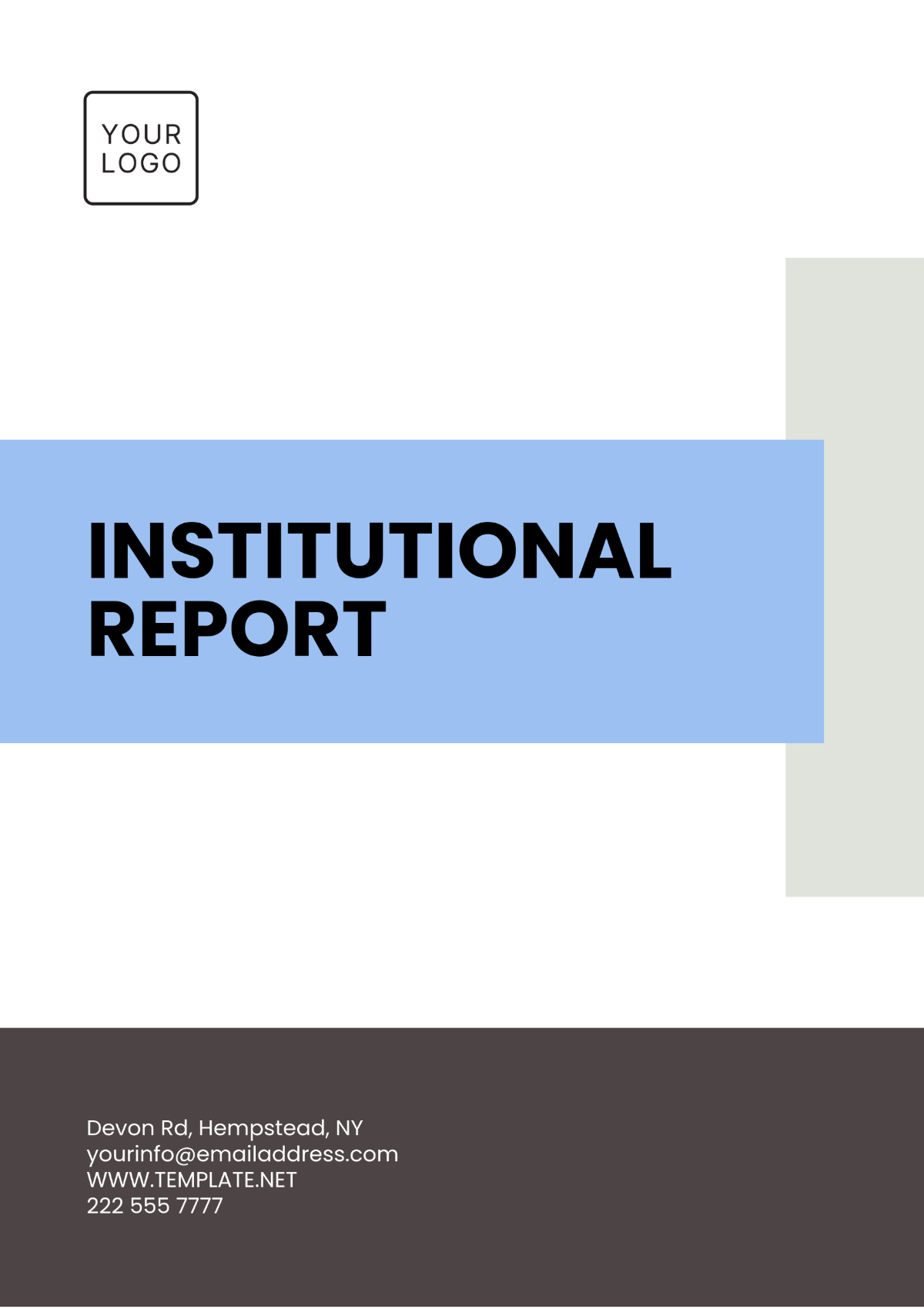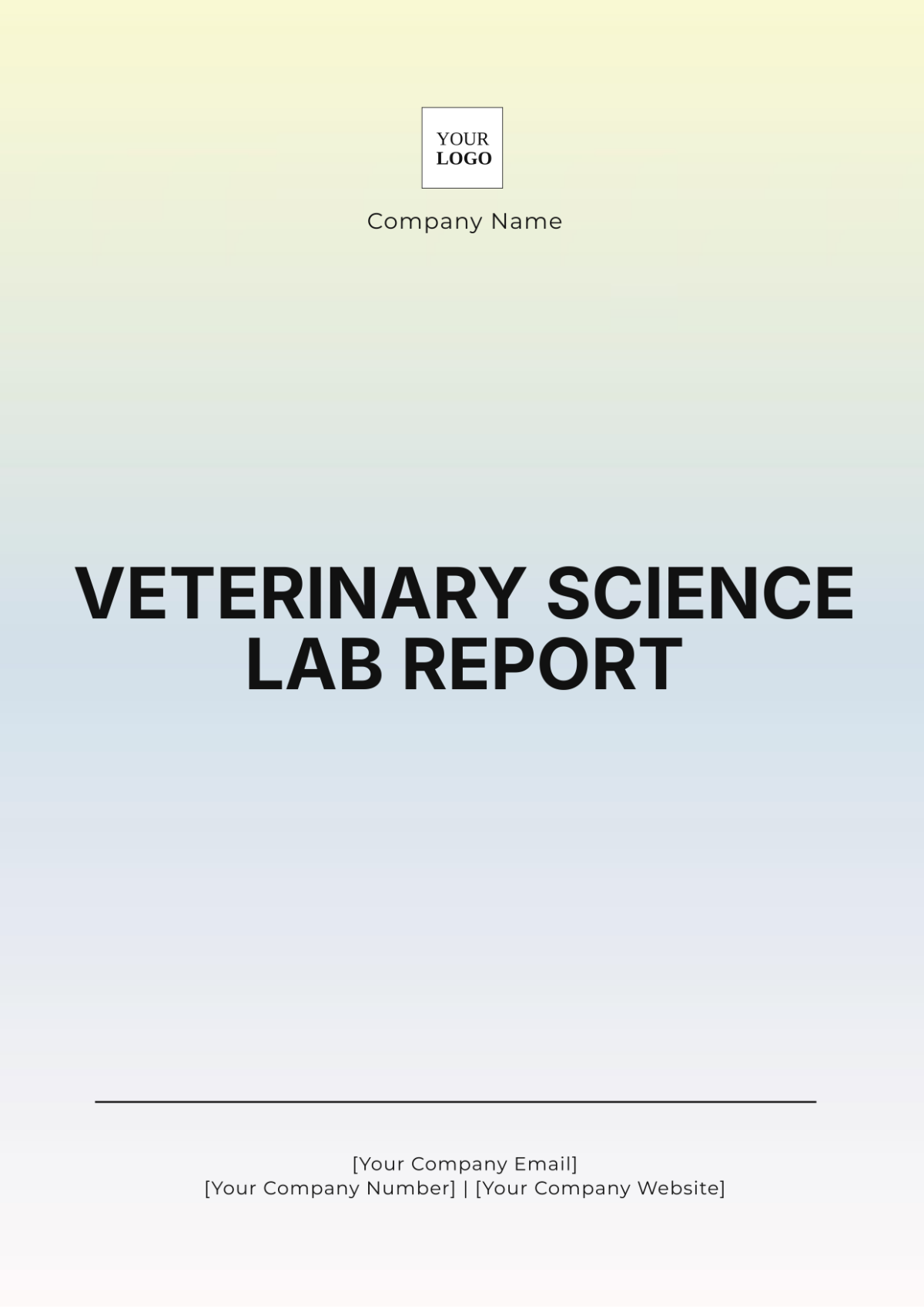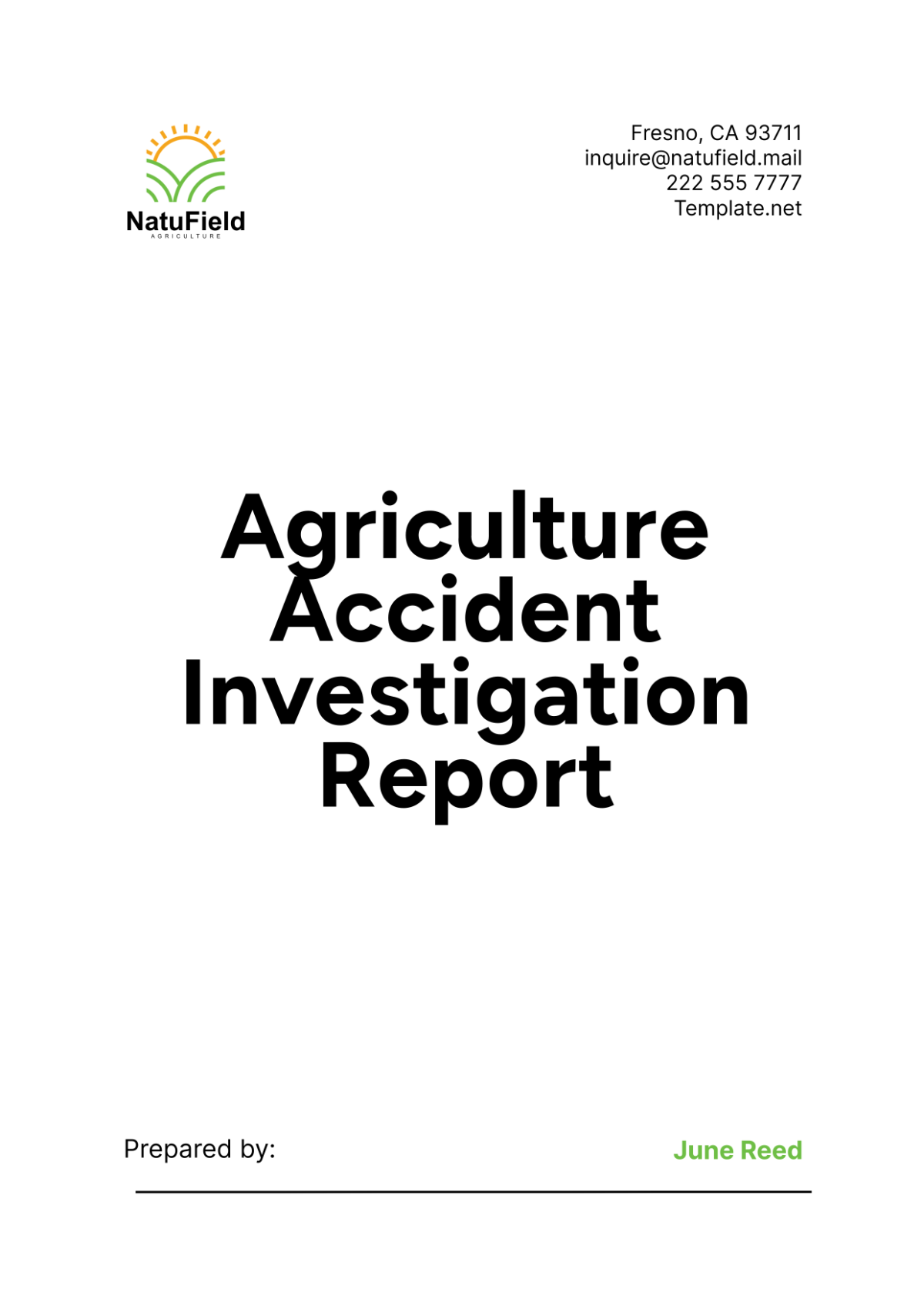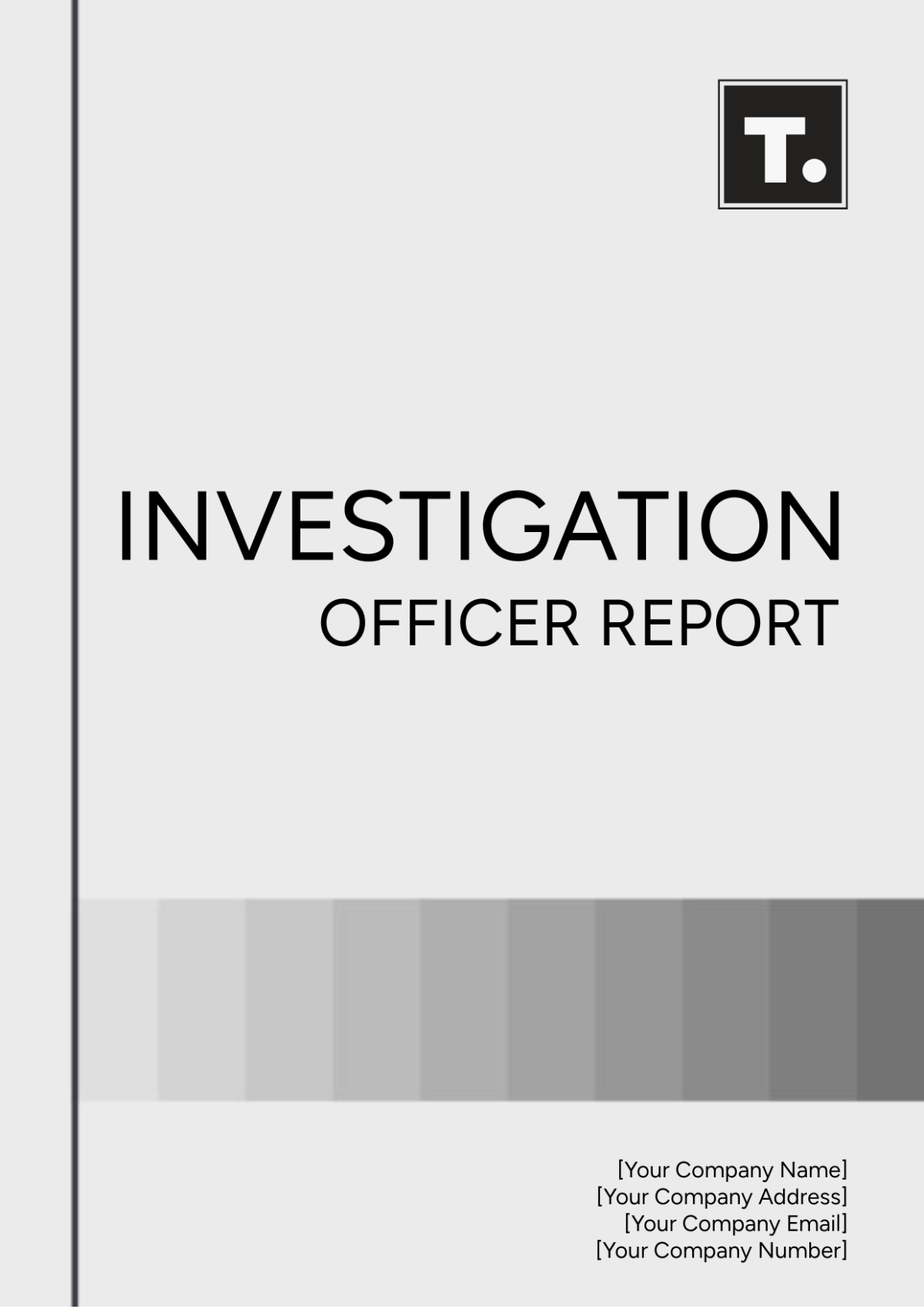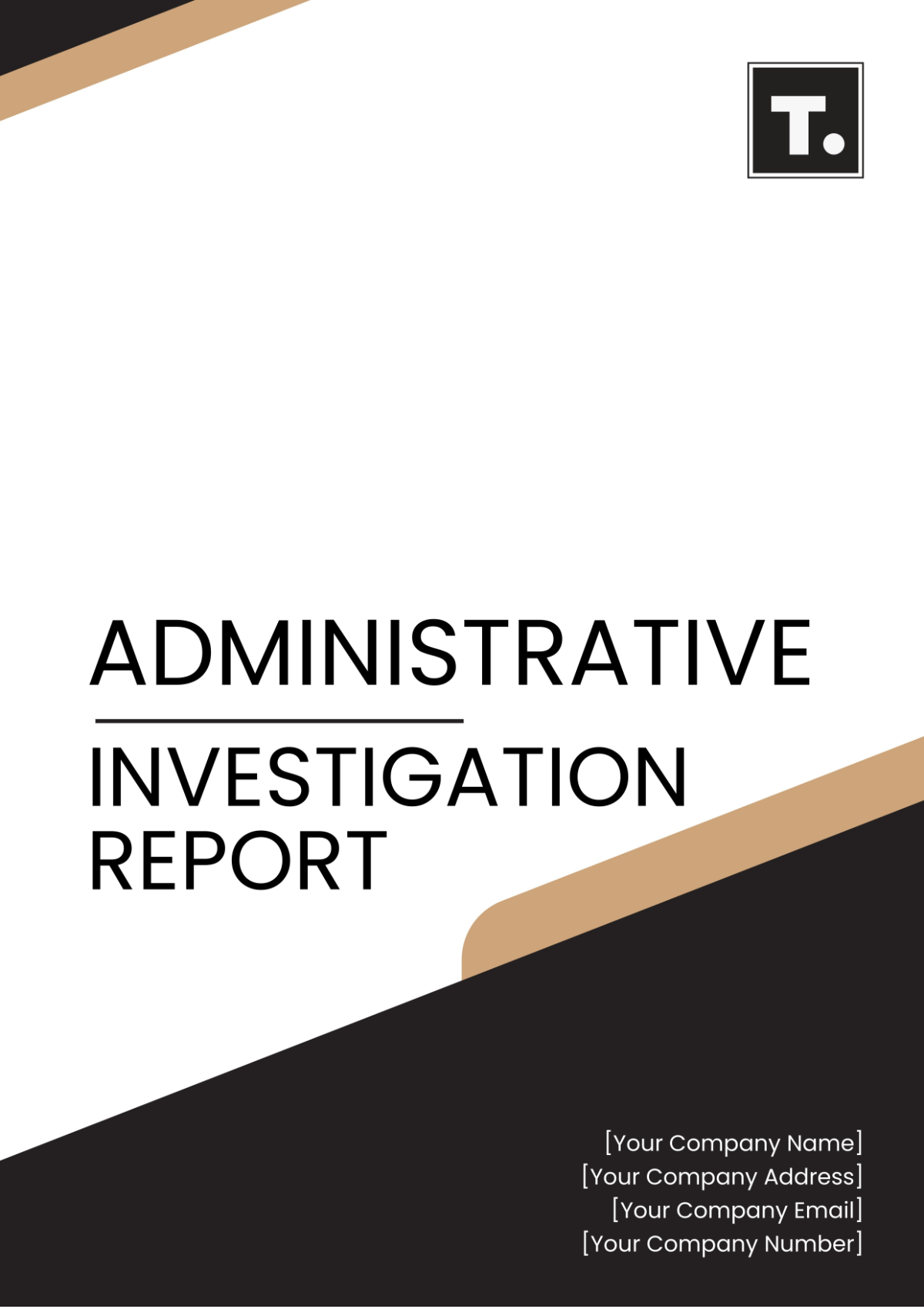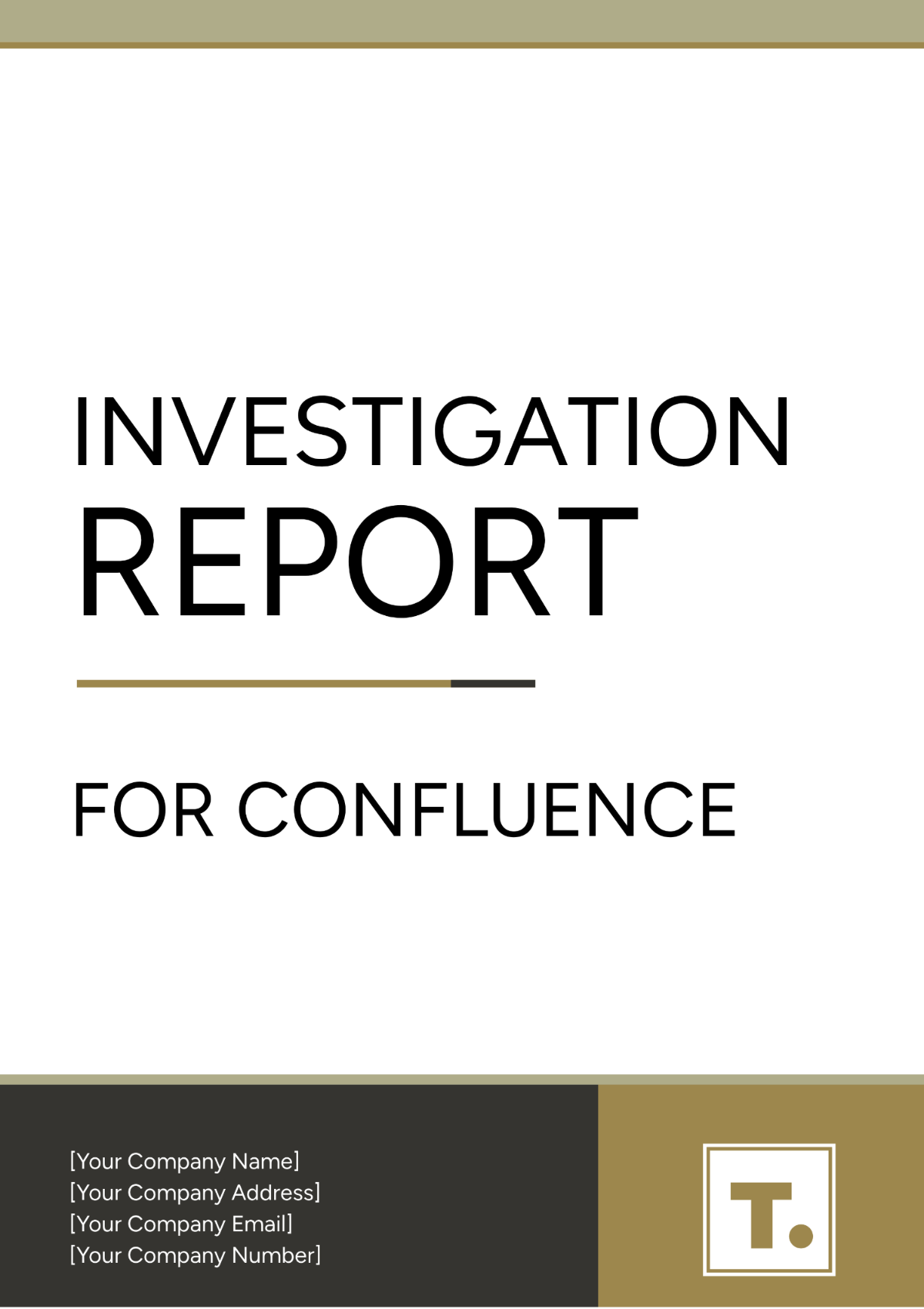Open Source Intelligence Report
Company: | [YOUR COMPANY NAME] | ||
Prepared by: | [YOUR NAME] | Department: | [YOUR DEPARTMENT] |
I. Introduction
The Open Source Intelligence (OSINT) Report provides a comprehensive analysis of publicly available information relevant to [AREA OF INTEREST]. This report serves to gather, analyze, and interpret data from various open sources to provide actionable insights and support decision-making processes.
Report Objective:
The primary objective of this report is to provide an in-depth analysis of [AREA OF INTEREST] based on open source information.
The report aims to identify key trends, patterns, and potential risks or opportunities within the scope of[AREA OF INTEREST].
Scope of Analysis:
The analysis covers a wide range of open sources, including but not limited to news articles, social media platforms, public databases, and online forums.
The scope encompasses [ASPECTS] relevant to [AREA OF INTEREST].
II. Data Collection
The data collection process involves gathering information from diverse open sources using specialized OSINT tools and techniques. Various sources are monitored and analyzed to compile relevant data for further analysis.
Source Identification:
Identification of relevant open sources based on the nature of the analysis and the scope of the report.
Sources may include social media platforms, news websites, government databases, academic publications, and more.
Data Collection Methods:
Utilization of OSINT tools and techniques such as web scraping, keyword searches, social media monitoring, and data mining.
Data collection is conducted ethically and in compliance with applicable laws and regulations.
Data Validation:
Validation of collected data to ensure accuracy, reliability, and relevance.
Cross-referencing data from multiple sources to verify consistency and identify potential discrepancies.
III. Analysis and Interpretation
The analysis section involves examining the collected data to derive meaningful insights and conclusions. Data analysis techniques are applied to uncover patterns, trends, and correlations within the dataset.
Trend Identification:
Identification of key trends and patterns emerging from the data.
Analysis of temporal, spatial, and thematic trends to understand the dynamics of [AREA OF INTEREST].
Risk Assessment:
Assessment of potential risks, threats, or vulnerabilities associated with [AREA OF INTEREST].
Identification of risk factors and their potential impact on relevant stakeholders.
Opportunity Analysis:
Identification of opportunities or positive developments within the scope of analysis.
Analysis of emerging trends or market opportunities that may benefit relevant stakeholders.
IV. Analysis
The analysis section of the Open Source Intelligence (OSINT) Report delves into the interpretation and synthesis of the gathered data from various open sources. Through rigorous examination and evaluation, this section aims to extract actionable insights, identify patterns, and discern relevant trends within the dataset.
Trend Identification:
The analysis involves identifying significant trends and patterns within the collected data related to [AREA OF INTEREST].
Trends may include shifts in public opinion, emerging themes, or recurring events observed across multiple sources.
Thematic Analysis:
Thematic analysis is conducted to categorize and organize the data according to common themes or topics relevant to the report's objectives.
By grouping similar information together, thematic analysis helps in identifying key areas of focus and understanding the broader context.
Sentiment Analysis:
Sentiment analysis is employed to gauge public sentiment or attitudes towards specific aspects of [AREA OF INTEREST].
This analysis identifies sentiment trends, such as positive, negative, or neutral sentiments, and explores their implications.
Temporal Analysis:
Temporal analysis examines changes and developments over time within the dataset.
By analyzing temporal trends, patterns, and event sequences, this analysis provides insights into the evolution of [AREA OF INTEREST].
Through these analytical approaches, stakeholders gain a deeper understanding of the data, enabling informed decision-making and strategic planning. The analysis section serves as a critical component of the OSINT Report, providing valuable insights that support actionable recommendations and guide future actions.
V. Key Findings
The key findings section of the Open Source Intelligence (OSINT) Report presents the most significant insights and observations derived from the analysis of publicly available information related to [AREA OF INTEREST]. These findings distill complex data into actionable points, providing stakeholders with valuable insights to inform decision-making and strategic planning.
Emerging Trends:
Identification of emerging trends and patterns within the dataset, highlighting shifts in public opinion, consumer behavior, or market dynamics.
Analysis of trends reveals evolving preferences, concerns, or interests relevant to [AREA OF INTEREST].
Risk Factors:
Identification of key risk factors, threats, or vulnerabilities associated with [AREA OF INTEREST].
Analysis of risk factors assesses potential challenges and their impact on stakeholders, organizations, or communities.
Opportunities for Growth:
Identification of opportunities or positive developments within the scope of analysis, such as market opportunities, partnership prospects, or technological advancements.
Analysis of opportunities explores potential avenues for growth, innovation, or competitive advantage.
Thematic Insights:
Thematic analysis reveals common themes or topics prevalent within the dataset, shedding light on prevalent issues, concerns, or areas of interest.
Analysis of themes provides a deeper understanding of the underlying dynamics shaping [AREA OF INTEREST].
Sentiment Analysis Results:
Sentiment analysis identifies prevailing sentiments or attitudes towards specific aspects of [AREA OF INTEREST], such as products, brands, or policies.
Analysis of sentiment provides insights into public perception, sentiment trends, and potential reputational risks or opportunities.
By synthesizing these key findings, stakeholders gain a comprehensive understanding of the landscape surrounding [AREA OF INTEREST]. These insights serve as a foundation for strategic decision-making, risk management, and the formulation of actionable recommendations to address challenges and capitalize on opportunities.
VI. Conclusion
In conclusion, the OSINT Report provides a comprehensive analysis of [AREA OF INTEREST] based on publicly available information. By leveraging open source intelligence, this report aims to inform decision-makers, enhance situational awareness, and support strategic planning efforts.
